So big, so heavy, so expensive: This was the mainstream criticism when Leica released the SL back in 2015. Six years later, L-Mount stands for an alliance with the partners Panasonic and Sigma, and it offers a portfolio of eight camera bodies as well as more than two dozen lenses at all price points.
An attractive entry to this system is a setup based on Panasonic’s smallest full-frame camera, the S5, and three lenses. Such a kit is affordable, but certainly no cheap compromise – in fact, it is an excellent travel companion, as I found out this summer. Let’s have a look at the S5, the 20-60/3.5-5.6 and 70-300/4.5-5.6 zooms, and the Sigma 35/2 prime.
Some of the noise after the introduction of the Leica SL may be attributed to the gloating that almost every new Leica product triggers in some people. Some of it may be because Leica had relied very much on the handy M system up to that point (and the huge R8/9 and its bulky lenses were forgotten). But it is true: The SL is a big and heavy and expensive camera, and the same applies to Leica L-mount lenses. But L-mount offers so much more — for example from Panasonic or Sigma. And not as big, not as heavy, and not as expensive. In fact, we speak about half the weight and a quarter of the price. That is just under 2.5 kilograms and, with a little bit of luck, well under €4,000 new.
Current UK street prices:
- Panasonic S5 kit with 24-60, £1,838.50
- Pansonic 70-200 lens, £1,259;
- Sigma 35mm f/2, £548
Panasonic S5: No frills – just a good camera with only a few weaknesses
The S5 is probably best described with the word: reasonable. It’s a down-to-earth 24-megapixel camera with all advanced functions, but neither a high-end body nor (as you read sometimes) is it an entry level camera. Its back-illuminated (BSI) sensor is rumoured to be the same as the one in the newer Leica SL2-S. In any case, it works well up to quite high ISO values (6400 with good results), it has powerful in-body image stabilisation (IBIS) with an improvement of up to five f-stops (I find that hard to prove, but I had no issues with blurred images due to shaking) and all the boxes you might want to tick (among them: two SD cards, unlimited video recording which I use professionally, tiltable rear display).
But there have been a few economies in the S5: The top-plate display was omitted, and the electronic viewfinder sports only 2.36 megapixels (the biggest weakness of the camera). On the other hand, Panasonic is generous in supplying a USB-C-charger that can reload the battery either in the camera itself or with an included external charger. I prefer the latter by far because I can continue to use the camera while the spare battery is being filled up. But if every gram counts, you can stick to one battery and recharge it at any opportunity from any sufficiently powerful USB device.
If you pick up the S5, you’ll probably take to it right away. It is not heavy (checked at 730 grams with battery, two SD cards and mount cover), it feels sturdy (magnesium chassis and a rubberised skin with excellent grip), all wheels and switches are in the right places. Sure, it lacks the cool style of a Leica SL and the modernist look of the new Canon R cameras. But I want a tool with convincing ergonomics, and in this field the S5 is simply good. The reliable autofocus technology also contributes to the overall impression. Having shot mainly landscapes so far, I cannot comment on the frequent complaint that Panasonic’s contrast-based autofocus system was slower or less precise than the phase autofocus technology of other manufacturers or hybrid systems. For me, it was good enough.
Interestingly, the S5 is even a tad smaller than the GH5, Panasonic’s Micro Four Thirds flagship, yet packs in a sensor of four times the size. The S5 is water- and dust-sealed, but on a slightly lower level than the larger, bigger and costlier S1 models. However, in my view, everything is fine, even the range of the comparably small battery is quite good. The body of the S5 alone was first offered at around €2,000, street prices are considerably lower by now.
Panasonic S 20-60/3.5-5.6 zoom: A very interesting kit lens
There is a scene I will never forget. At a place I will not disclose in order to save the man possible problems, I met a Leica sales rep. He had an SL2 in his hands (47 MP! High end!! Leica!!!) and attached to it was a lens I had never seen before. It was an early copy of the Panasonic S 20-60 millimetre zoom. He kept taking photos and showing the results around in 100 per cent magnification of the camera’s display. And he was all excited: What a focal length range! What sharpness! What a compact design! And you thought you could hear from his words: Why doesn’t something like this come from us, but from them?
A little later, this very lens was to become the kit offering to accompany the Panasonic S5, at an extra cost of only €300 or so (as I ordered early, I got an additional free Sigma 45/2.8 in the bundle, so it was even more of a bargain). I can’t imagine that anyone bought the camera on its own, that’s how attractive the bundle was and is. Add to this an amazingly low weight of just 402 grams (all lens weights in this article were measured “as in my bag”, i.e., with hood, front and back cover) and a very compact build as well as splash- and dustproof design: There is not so much left to be desired, despite a bit more speed – but we all know that that a wider aperture is what makes a lens heavy, big, and expensive.
I think the lens stands out above all because of its unconventional focal length. 20mm provides a real super-wide-angle look while, at the long end, it still offers a narrow standard focal length. Yes, speed is moderate. 3.5 at 20mm may be okay, but with 5.6 at 60mm you can’t do much in terms of bokeh. And the lens is not a miracle of sharpness like the 24-90 from Leica. But compared with so many other kit lenses, the 20-60 is still very good and extremely versatile. Flare control is good, and software correction seems to take care of distortion and probably also chromatic aberrations. I shot hundreds of images with this lens on our trip to Brittany this summer. And there was none I had to throw away because of poor lens performance.
Panasonic S 70-300/4.5-5.6 zoom: More than a good compromise
If you hear of a 70-300mm zoom, you are likely to think about a low-cost lens with low-end performance. Many of them have been around from the major manufacturers, and they would hardly stand up to the demands of a full-frame sensor with 24 MP. The Panasonic 70-300/4.5-5.6 is different. It was, obviously, designed from scratch for high-performance digital cameras. Just look at the price tag – for €1,300, this can’t be and mustn’t be an entry-level lens. And it isn’t. Better think of the Panasonic 70-300 as a Pro lens in which compromises were only made in terms of speed, barrel material (less metal) and features (the wonderful clutch mechanism for AF/MF of some other Panasonic zooms is missing). As a result, it is relatively compact (77 filter size), fairly light (850 grams), but optically on a very good level.
I compared the images with photos I took using the well-renowned Olympus Micro Four Thirds 40-150/2.8 (80-300 equivalent). It may be attributed partially to the larger and newer sensor, but the Panasonic shines very brightly in this comparison: the 70-300 is a very good lens. However, the Leica 90-280, which I have only been able to use occasionally, is not only a full stop faster, but seems optically to play in a different league to the Panasonic. But, mind you, it plays at a much greater price and weight.
In my experience, the 70-300 is sharp at all apertures and focal lengths, and it produces a very high-contrast image right into the corners. I found hardly any chromatic aberrations. Potential distortion is certainly corrected electronically, and this lens is fairly immune to flares and veiling in stray light and backlight. The image stabiliser is sensational. In combination with the IBIS technology of the S5, this largely prevents shake-induced image blur (however, the subject must not move, not at all). Probably, this is the reason why Panasonic did not add a tripod collar. Some users might miss this feature anyway. The other highlight is the close-up function with a 0.5 magnification macro ability. This is a major achievement because it spares you a dedicated macro lens in your bag. You can use the macro function without any reservations. Chromatic aberrations are no real issue, and bokeh is really nice and creamy.
Sigma 35/2: A no-brainer of a prime lens
To be honest, I did not fully trust the kit with just the two zooms for travelling to a place I knew I would not return to for years to come. Only two slow lenses, zooms? So, I added what I thought to be a sensible choice of a versatile, reasonably fast, compact and affordable prime lens. As I mentioned, I already owned the Sigma 45/2.8. It ticks most of these boxes, but it seemed a bit too slow for an explicitly fast alternative with extended options for playing with depth of field. So, I settled for the 45’s sibling, the 35/2 from Sigma. Just to recap: It was both about creative potential with a selective depth of field and low light abilities (I doubted whether the S5’s IBIS and the zooms’ optical performance would be good enough).
The Sigma 35 saw less use than I thought (the zooms proved to be good, and I was a bit lazy) but when I mounted it on the camera, the results were great. This little lens shows a certain 3D pop with a sharp transgression between in-focus and out-out-focus areas. Heretics might call it a poor man’s Summicron-SL, and it somehow reminds me also of Leica’s L-mount APS-C primes (they have never said who manufactures them in Japan but we have been told it isn’t Sigma). Sharpness is excellent from fully open and over the whole frame, stopping down only slightly improves the rendering in the corners.
The most remarkable attribute of this lens, however, is its build quality. The Sigma is all-metal and feels extremely sturdy. Even the lens hood is made from finely machined metal, and the additional magnetic snap-on cover is a nice little extra (a pity it does not work with the lens hood in a working position). The lens makes a very dense impression, also due to its weight of 395 grams. I wonder what size and weight the upcoming Panasonic 35/1.8 with the plastic barrel of this series will have.
Handling is excellent. The 35/2 has a dedicated aperture ring with electronic transmission and an A position for an automatic f-stop setting. I would have preferred the aperture ring to rotate in a counter-clockwise direction, that is, in the same sense as M mount lenses. In any case, you can override manual settings on the lens by using the respective wheel control on the S5. And it has a dedicated AF/MF switch. All in all, a very attractive lens I would take anywhere if I were to go with one prime only. And that at one-seventh of the price (around €600) and half of the weight of Leica’s own 35/2.
The contributions of Panasonic and Sigma to the expansion of the L-Mount system are truly remarkable, and one can only thank both companies for them. Panasonic’s new primes got much public acclaim, especially the inexpensive 50/1.8. And I am really excited that Sigma has now introduced the 24/2 and the 90/2.8. These two new lenses and the 35/2 might be the only L Mount primes you will ever need, and they will together cost less than half of a single SL-Summicron. So much for an affordable way into the system.
Travelling with the Panasonic/Sigma kit
As a travel kit, the combination of the S5 and these three lenses made me very happy. I had all I needed, from super wide-angle to substantial tele as well a low-light-great-bokeh option. All this fitted easily into my Mindshift Gear Rotation 180 Pro backpack. This one features probably the best innovation in the bag sector I have ever seen. You leave the backpack on your back and slide out the photo compartment. Once it is in front of your body, you have easy access to all the gear you carry. In the upper compartment, there is more than enough room for everything you need for a full day of hiking. If you are packing really tight, the kit also fits into the smaller Mindshift backpack model. If I don’t fancy a backpack, I carry the kit in a Billingham Hadley Pro shoulder bag. A Thinktank retrospective 7 bag is equally suitable (if you do not mind its noisy Velcro fasteners).
The Panasonic/Sigma kit weighs about 2.4 KG altogether, with an additional battery included. This is a weight I am willing to carry over wide distances together with all the other stuff you need for a full day’s outing. I also find this weight in the messenger bag or backpack acceptable when I am cycling. On the plane, it doesn’t take up all the space in the cabin luggage. All in all, it’s great for travelling. If I had to save even more space and weight, I would either switch to Micro Four Thirds (if I needed a wide range of focal lengths) or, perhaps more radically, stick with the Leica Q. Maybe, I would also choose the Sigma 24-70 2.8 (never used it so far, but honoured by the Leica clone) or the Panasonic 24-105/4 as a compromise.
A real competitor to an all-Leica outfit?
So, finally, is the S5 with the two moderately priced zooms and the small Sigma prime a real alternative to a Leica SL setup? I would say yes. Not everyone can afford a complete Leica full-frame setup – and if so, one might not want to take a €20k, 5-kilogram, red-dot-branded kit with an SL2-S, 24-90, 90-280 and a 35 Cron to certain places. Add to this the significant difference in terms of weight and volume, and you will see the advantages of such a Panasonic/Sigma travel kit. There is a reasonable chance that the limitations of your images lie in the photographer’s talent and not in possible weaknesses of the gear. So far, so good.
But there is another point if I am honest. The Leica SL2 (or SL2-S… even this one alone costing more than the full kit I just reviewed!) wins the ergonomics comparison hands down. The three-button-layout, the excellent electronic viewfinder, battery changing, the overall haptics of the SL series cameras are all outstanding. So is the optical performance of Leica’s own SL lenses as far as I know.
All of the Leica SL lenses I have ever used were incredibly sharp, rendered wonderfully and had fantastic handling. So instead of taking the whole kit I described, I would happily also travel with a first series SL (Typ 601, quite cheap on the second-hand market by now) and the 24-90 zoom. I would miss some tele shots, I had no IBIS, but I had full confidence to not return with messed-up images.
Conclusion
Travelling with the S5, the 20-60/3.5-5.6 and 70-300/4.5-5.6 zoom lenses and the Sigma 35/2 was an excellent experience with a photographic outcome that, technically at least, fully met my expectations. Not a great tele shooter myself (professionally I am rather on the wide-angle side), I have heartily enjoyed the extended possibilities of the long focal length. I have not yet used the macro function of the 70-300 to its full potential, and I will have to keep practising for landscape shots with long focal lengths. It will certainly be some time before I reach the technical limits of the equipment I am using.
And what will be my next travel companions? It depends on where I’m going. In autumn, the near Alps are tempting. Considering the many hours of climbing, it’s more advisable to use something much, much smaller than the kit this article was about. Maybe a D-Lux 7. If, however, the heart prevails, I see myself carrying a small M outfit up there.
What do you think? Is the L-mount system complete enough by now? Do you miss some bits of the puzzle? Is there something that annoys you? What innovations would you wish for from Leica, Panasonic, and Sigma? Or is L Mount more or less dead because Sony, Canon and Nikon will divide the mirrorless full-frame market among themselves? Do you consider the Panasonic S5 an alternative to the Leica SL models?
Read more from Jörg-Peter Rau
More on the L-Mount Alliance
More on Panasonic
Want to contribute an article to Macfilos? It’s easy. Just click the “Write for Us” button. We’ll help with the writing and guide you through the process.

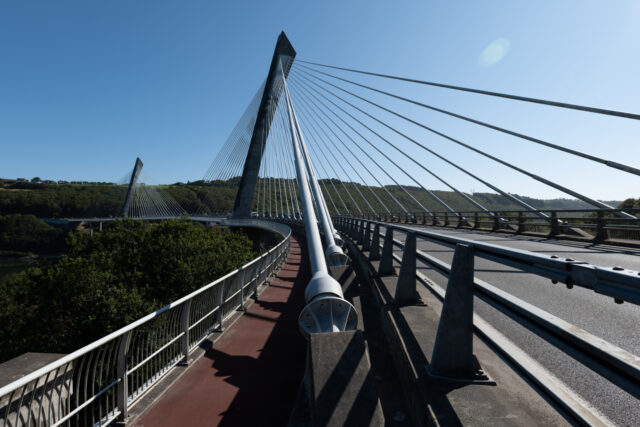


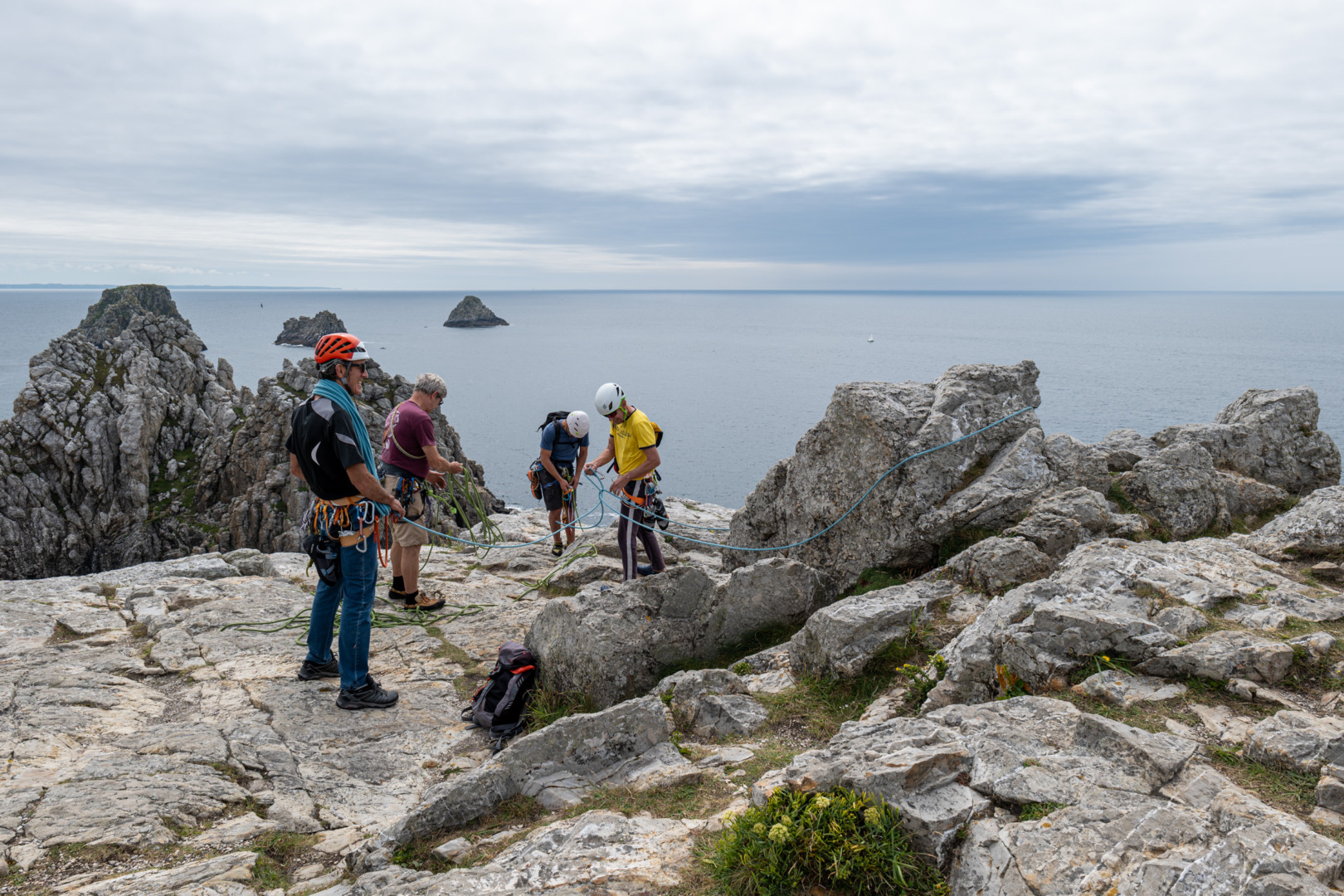
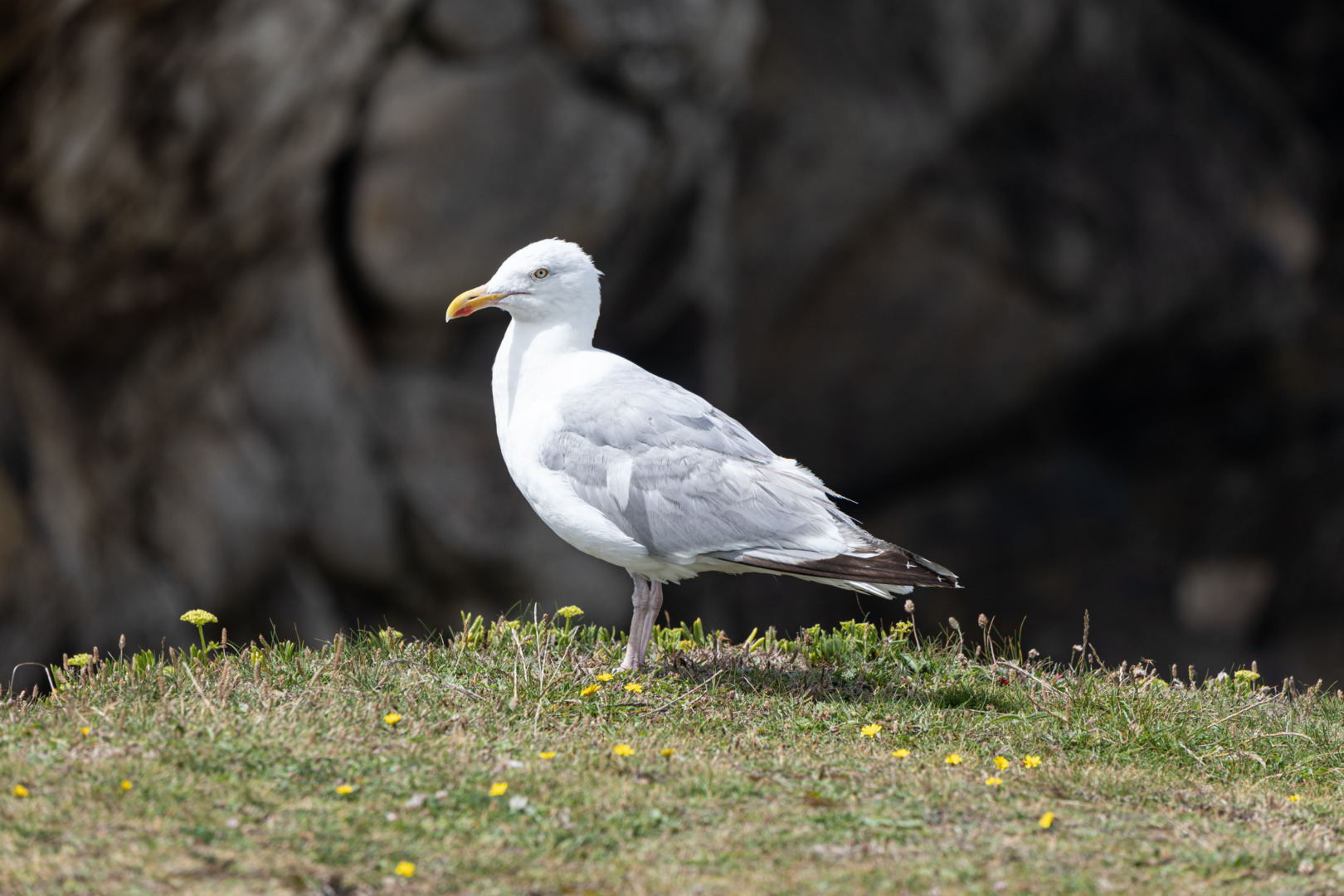

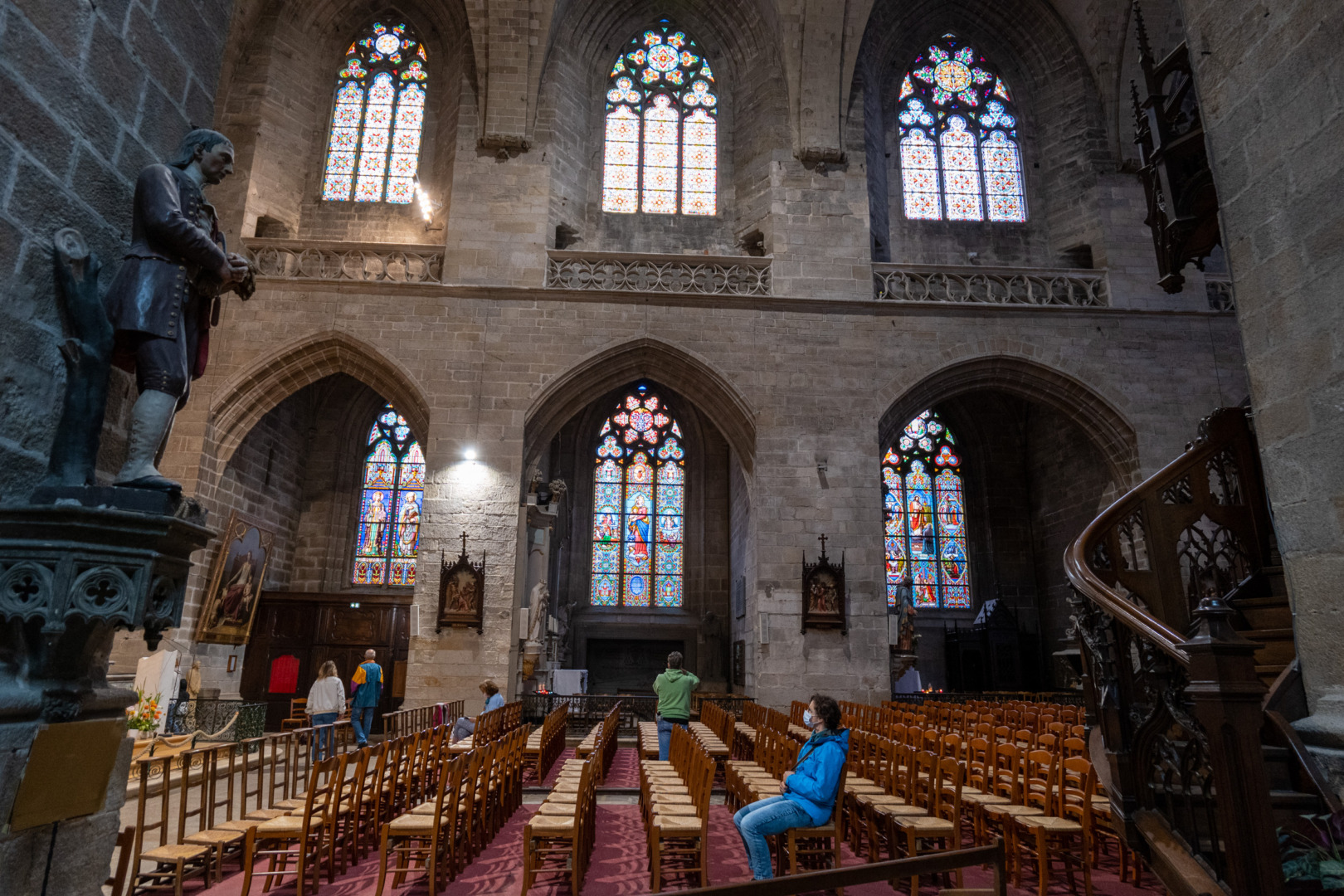
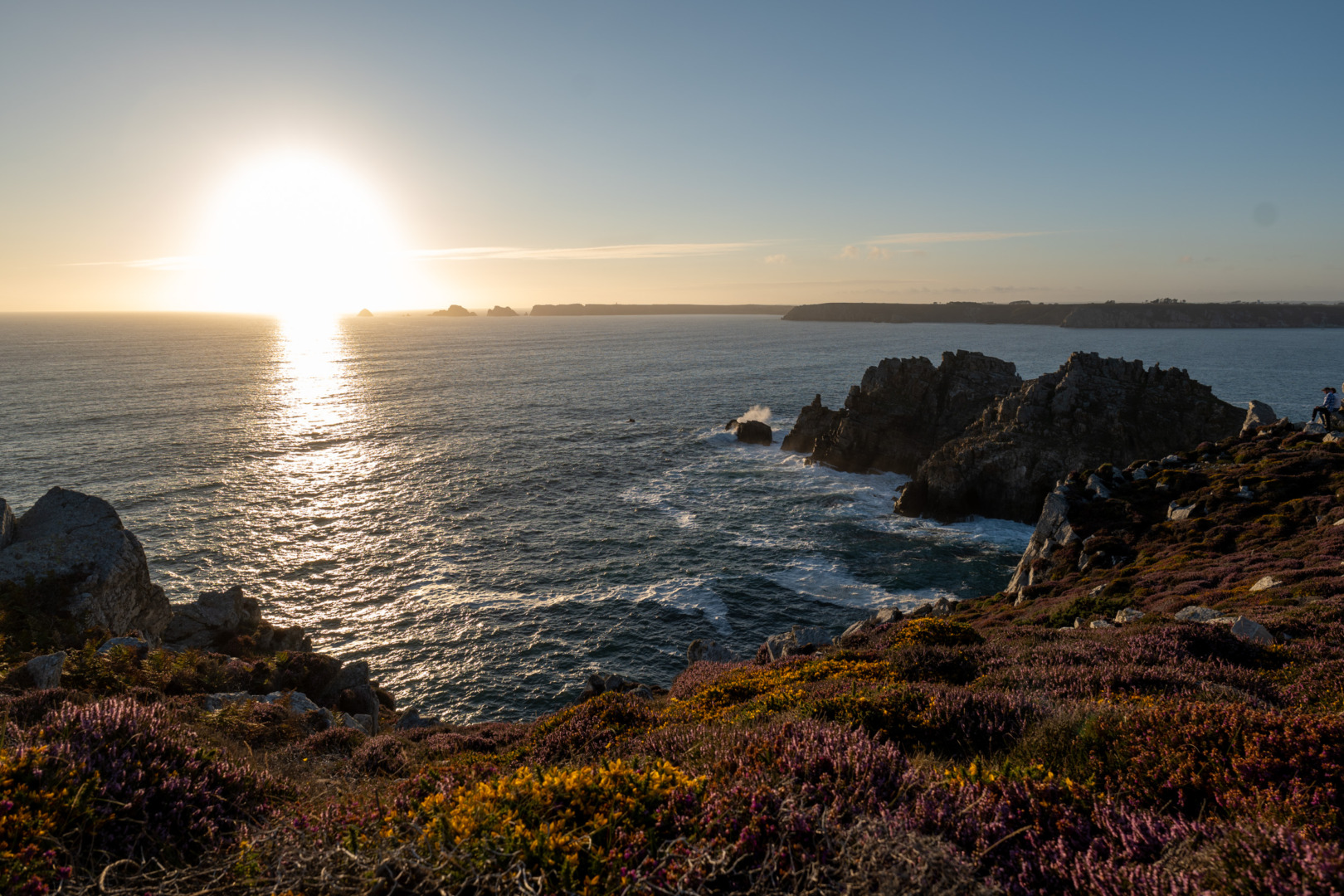


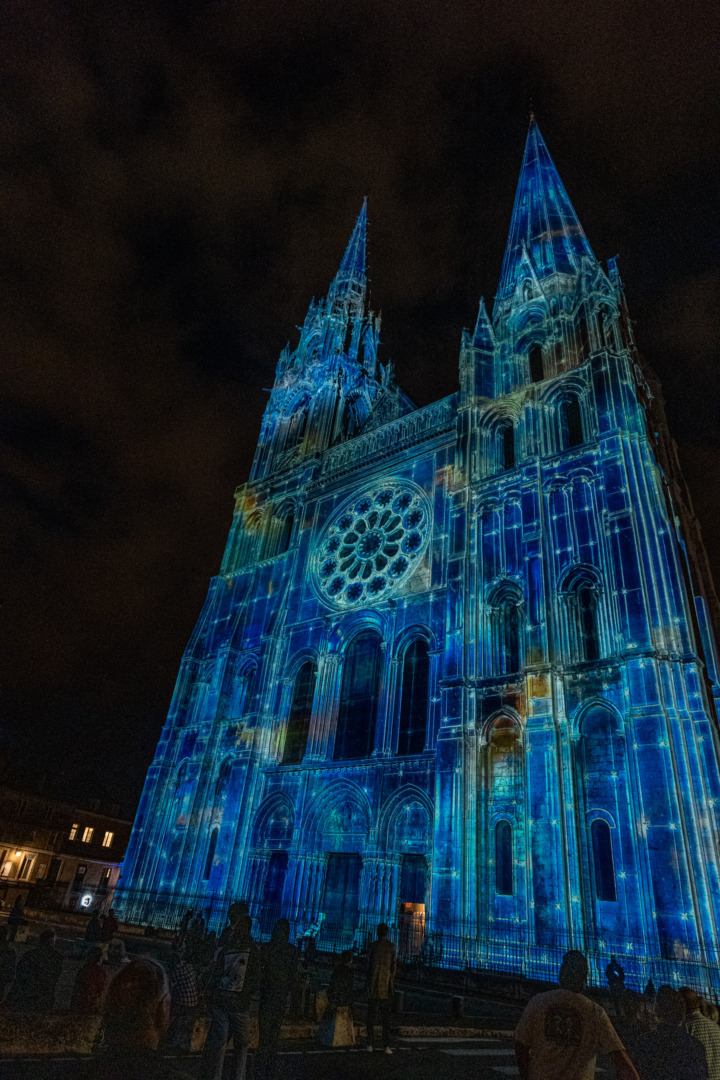
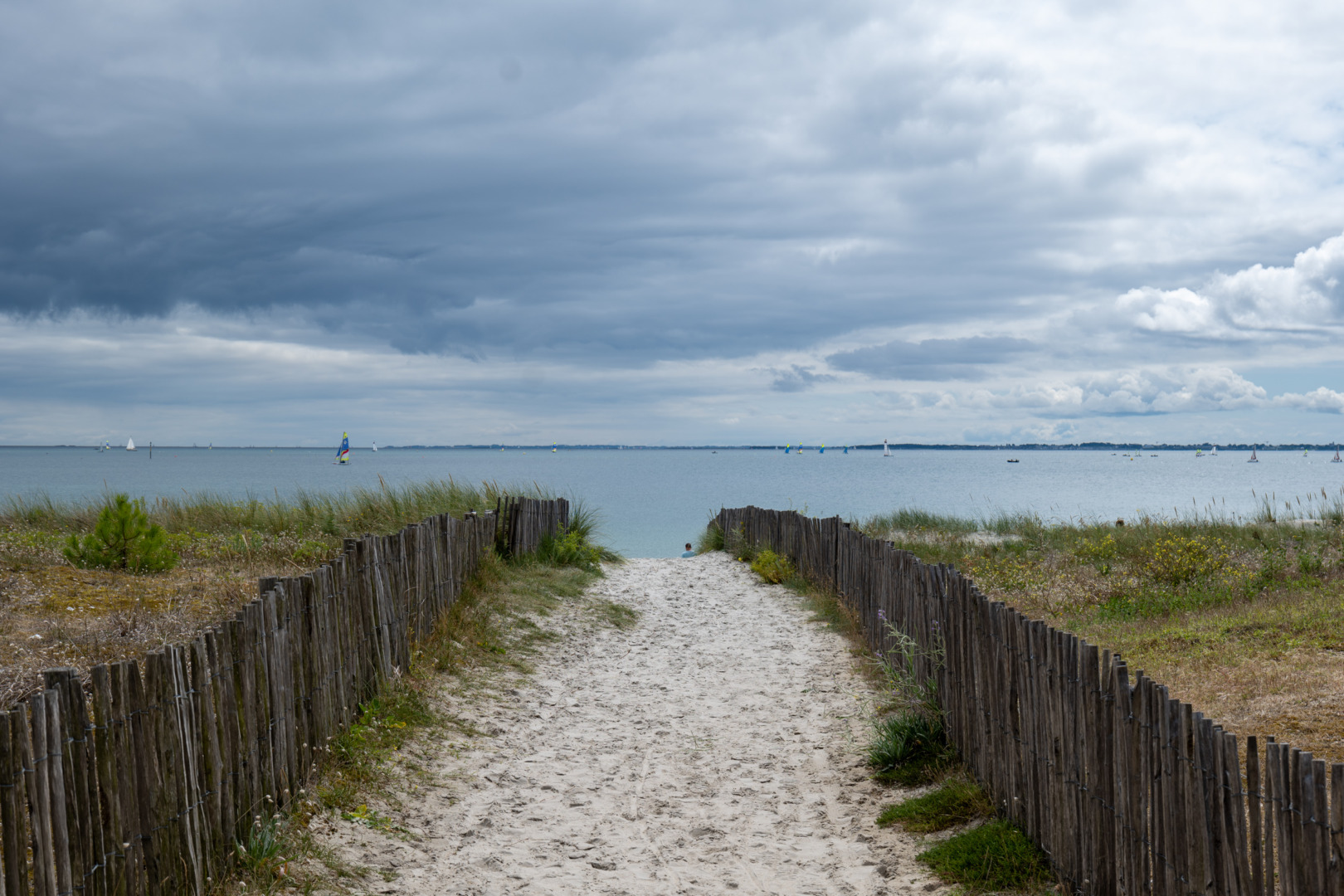
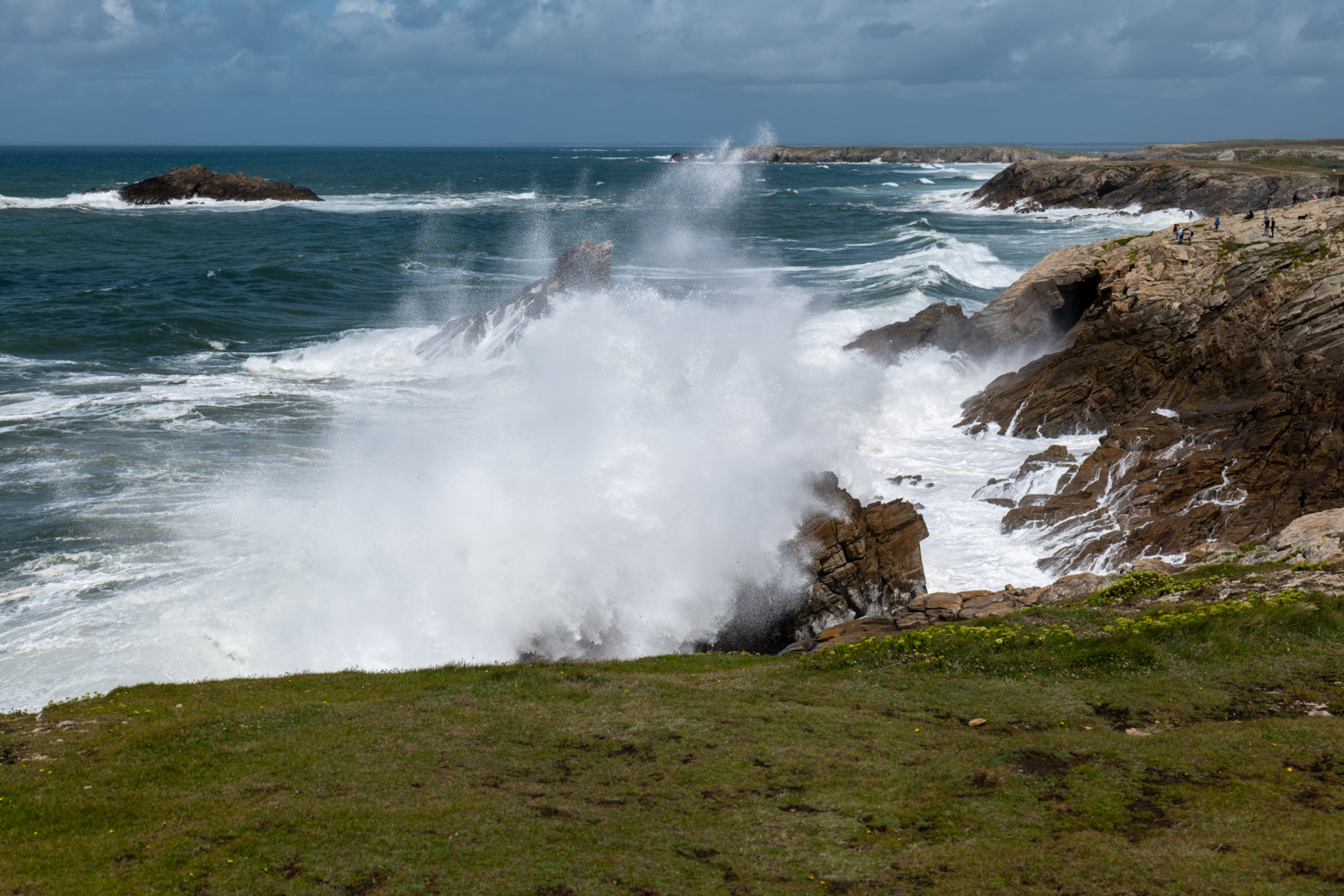

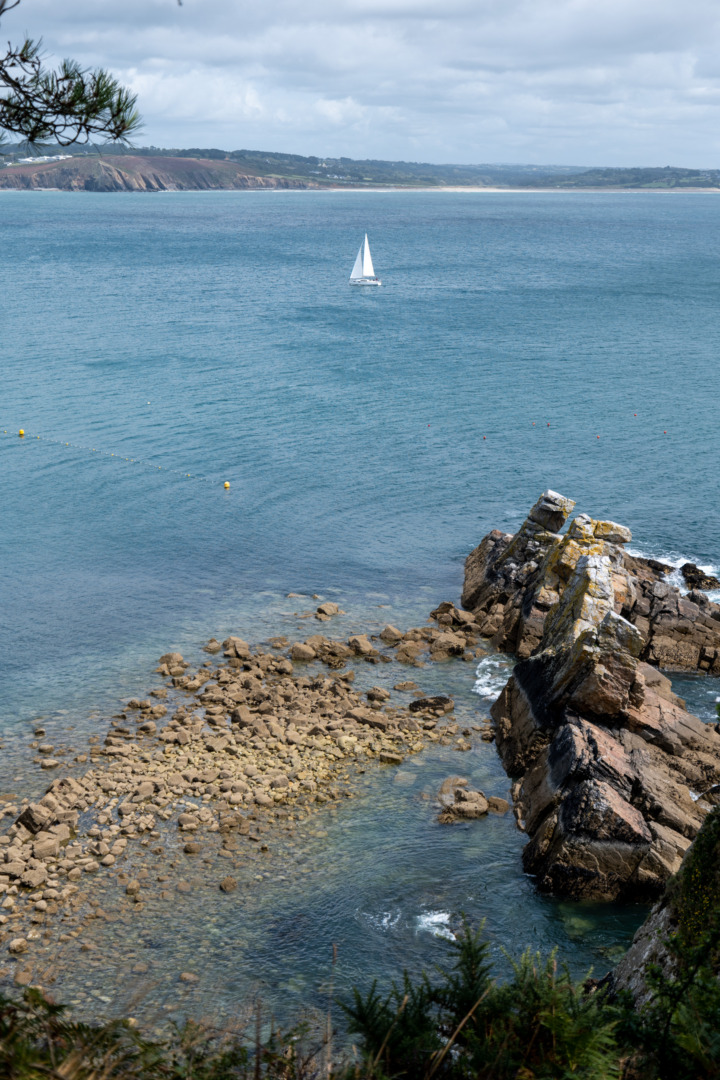


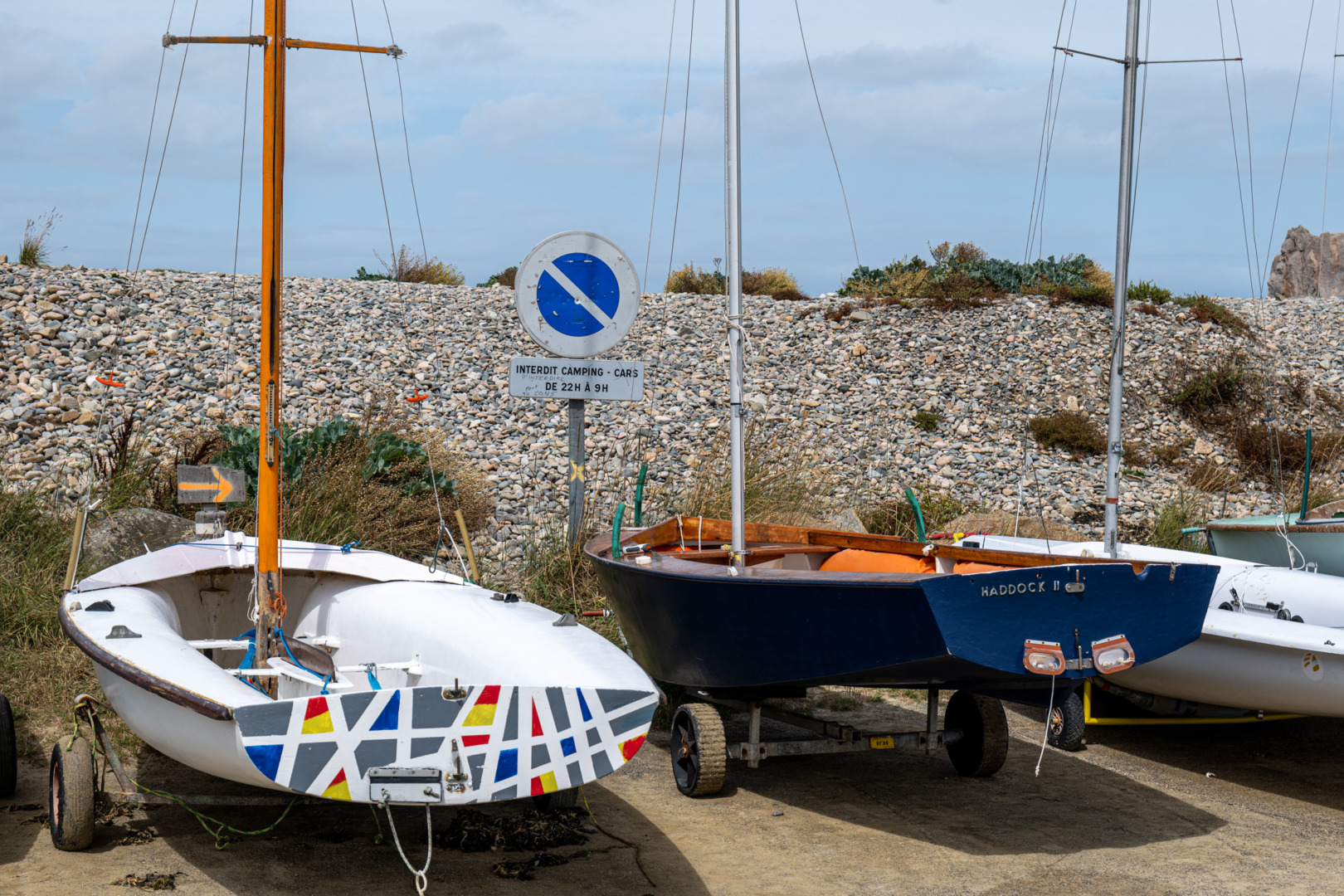
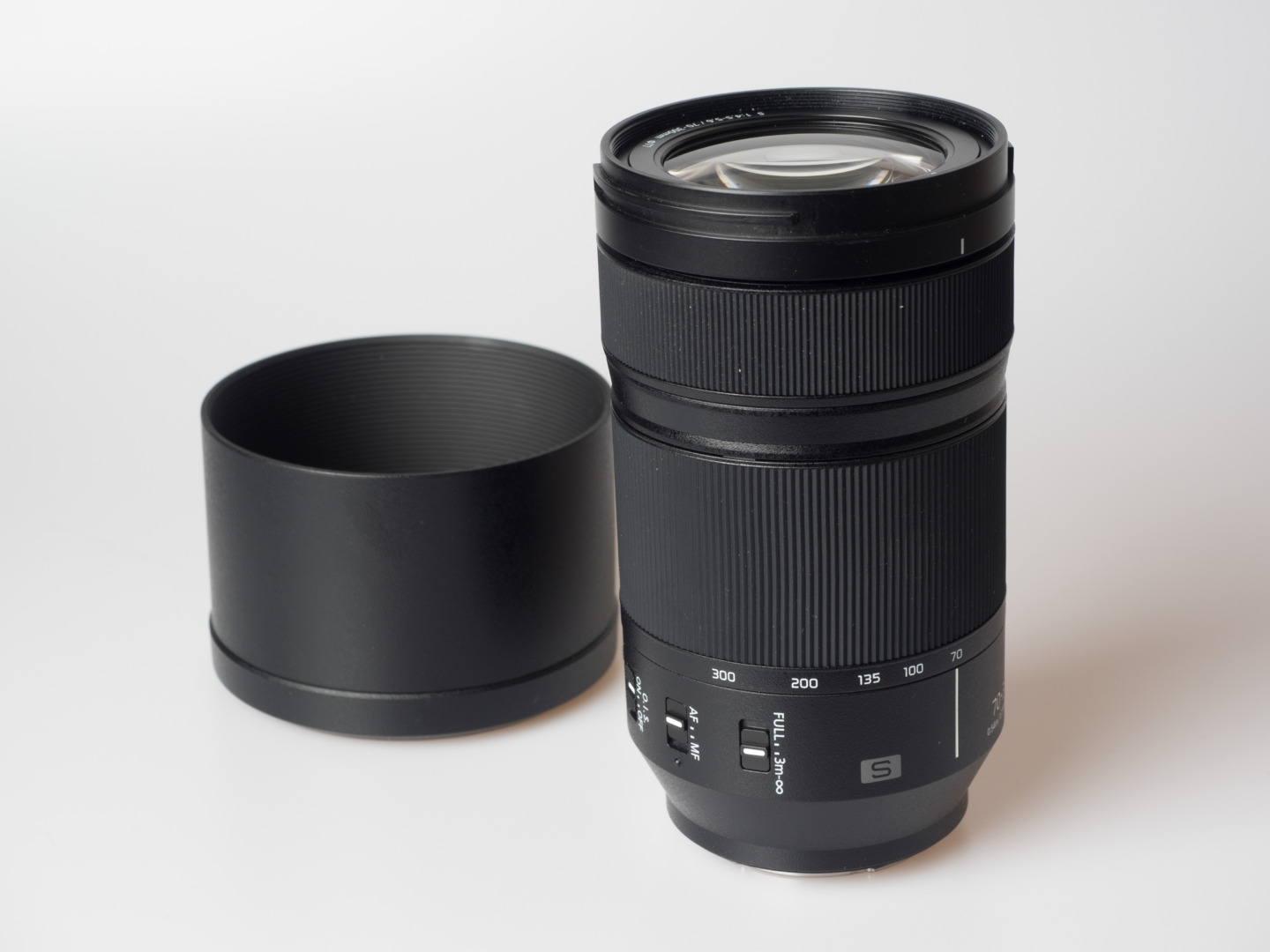
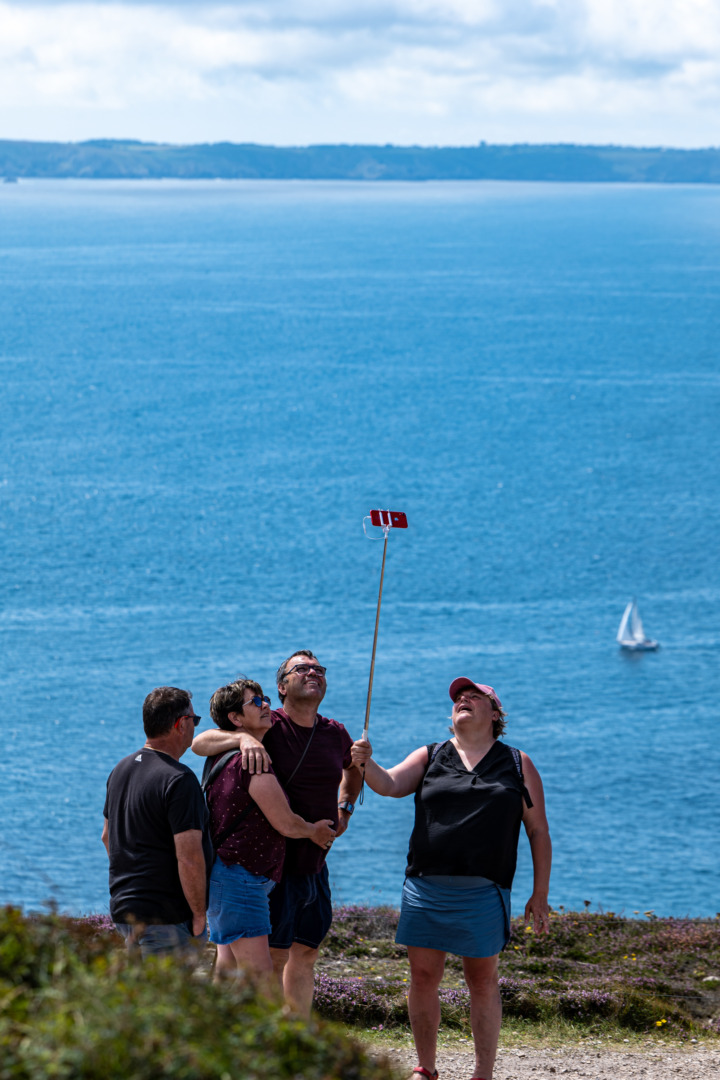



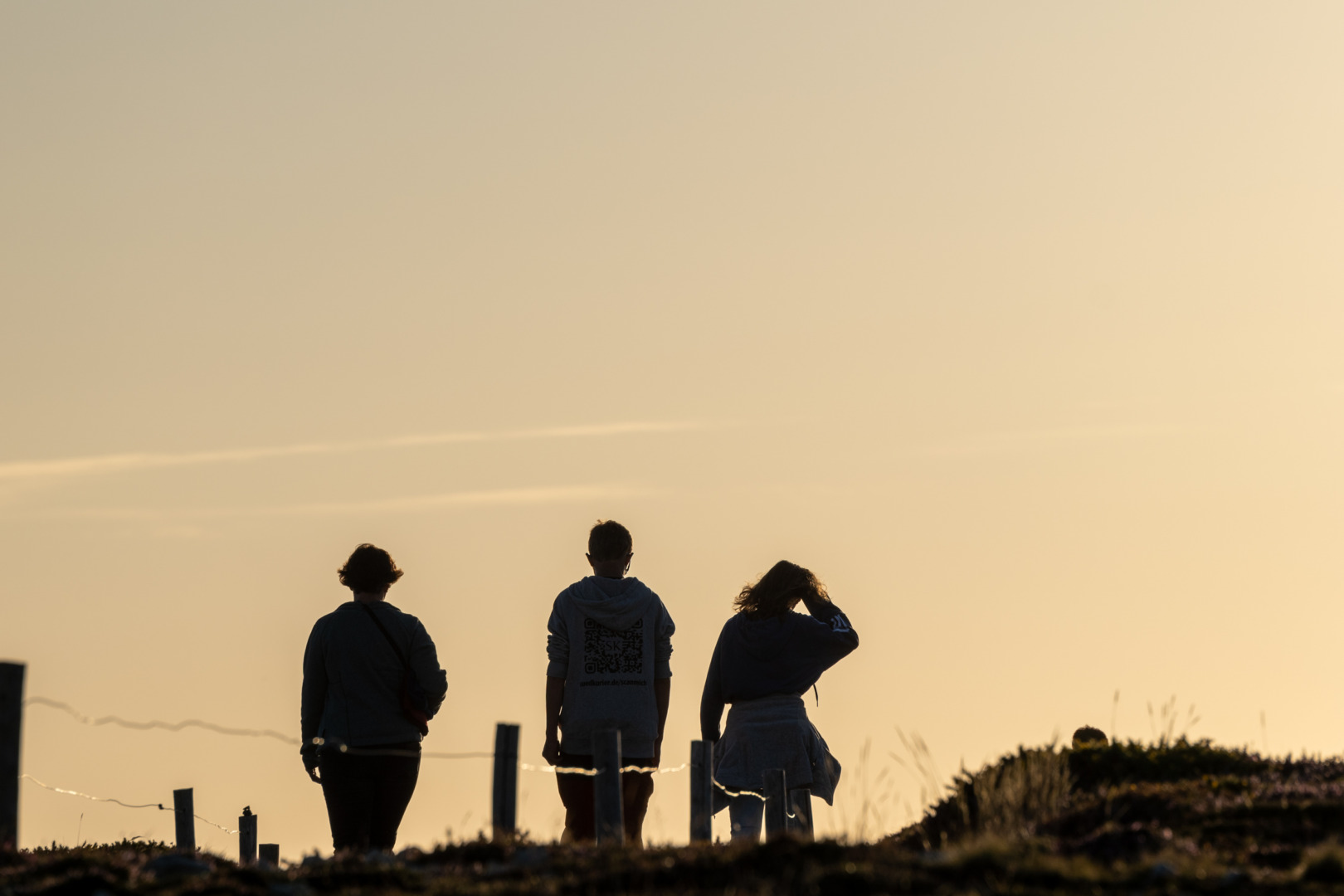
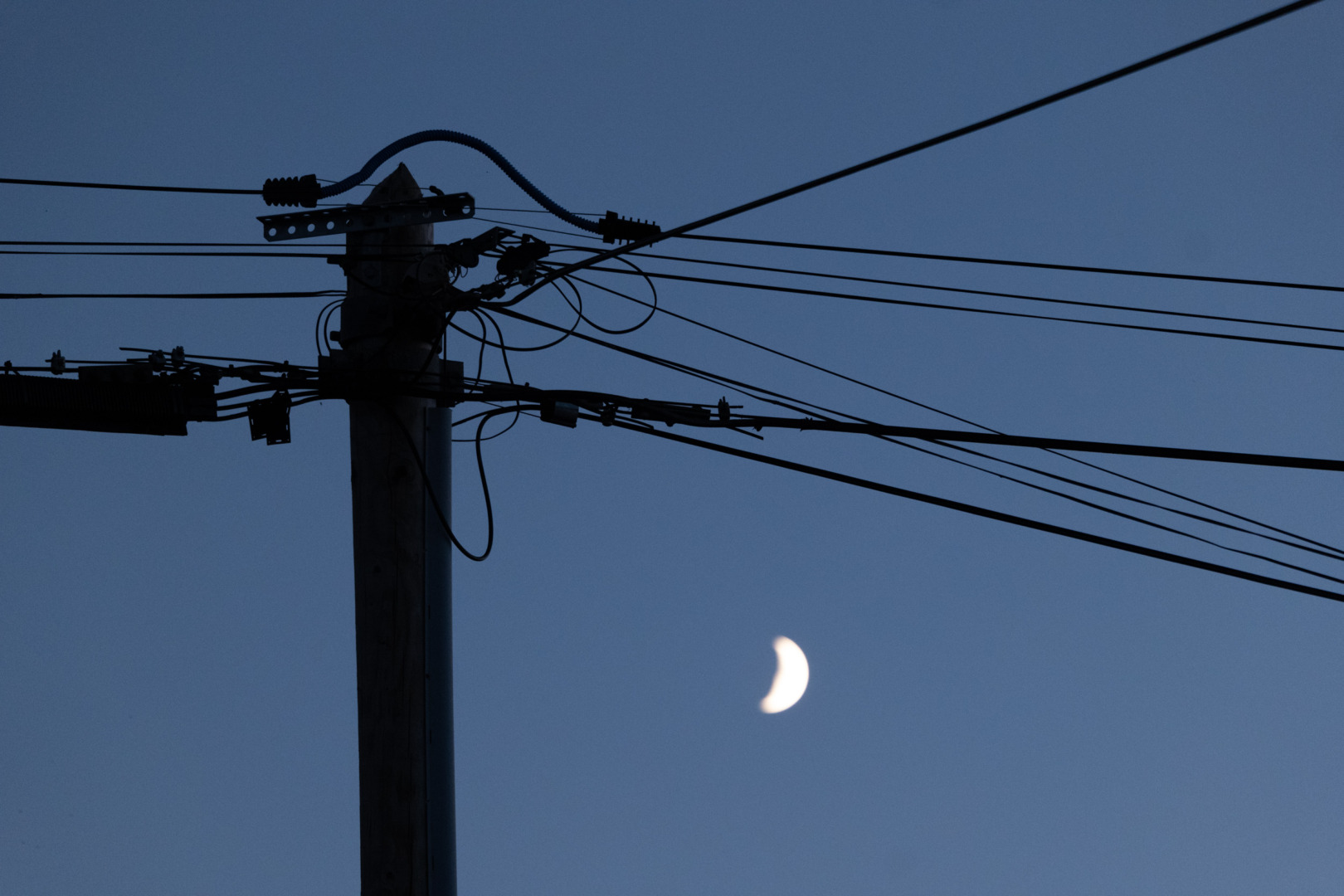

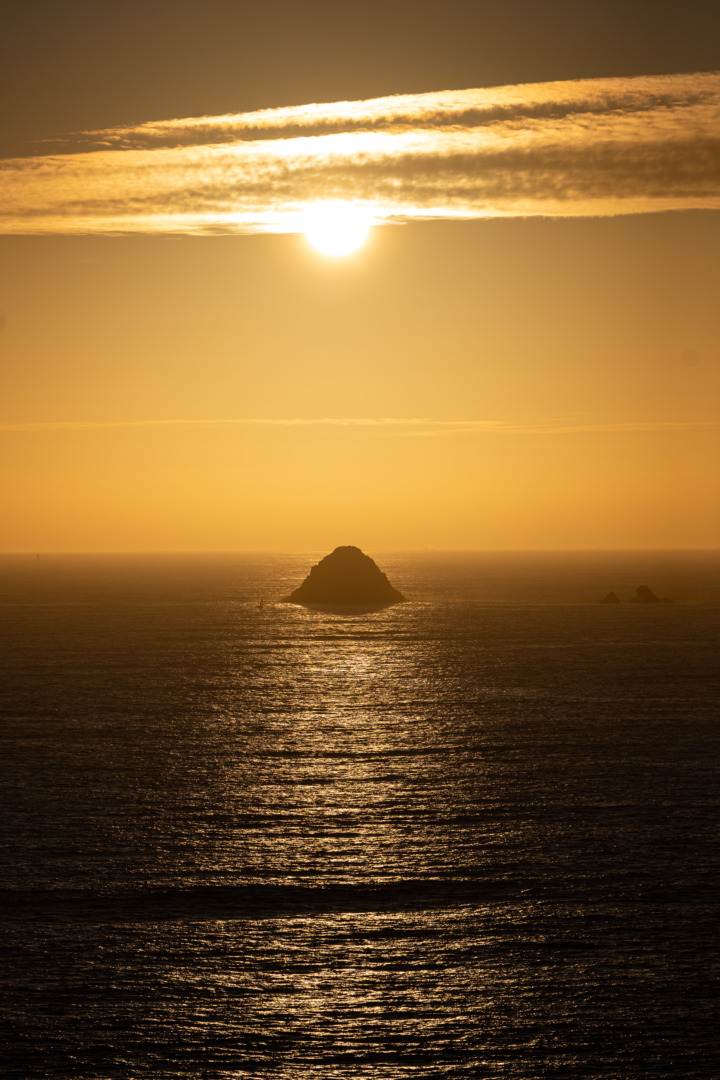
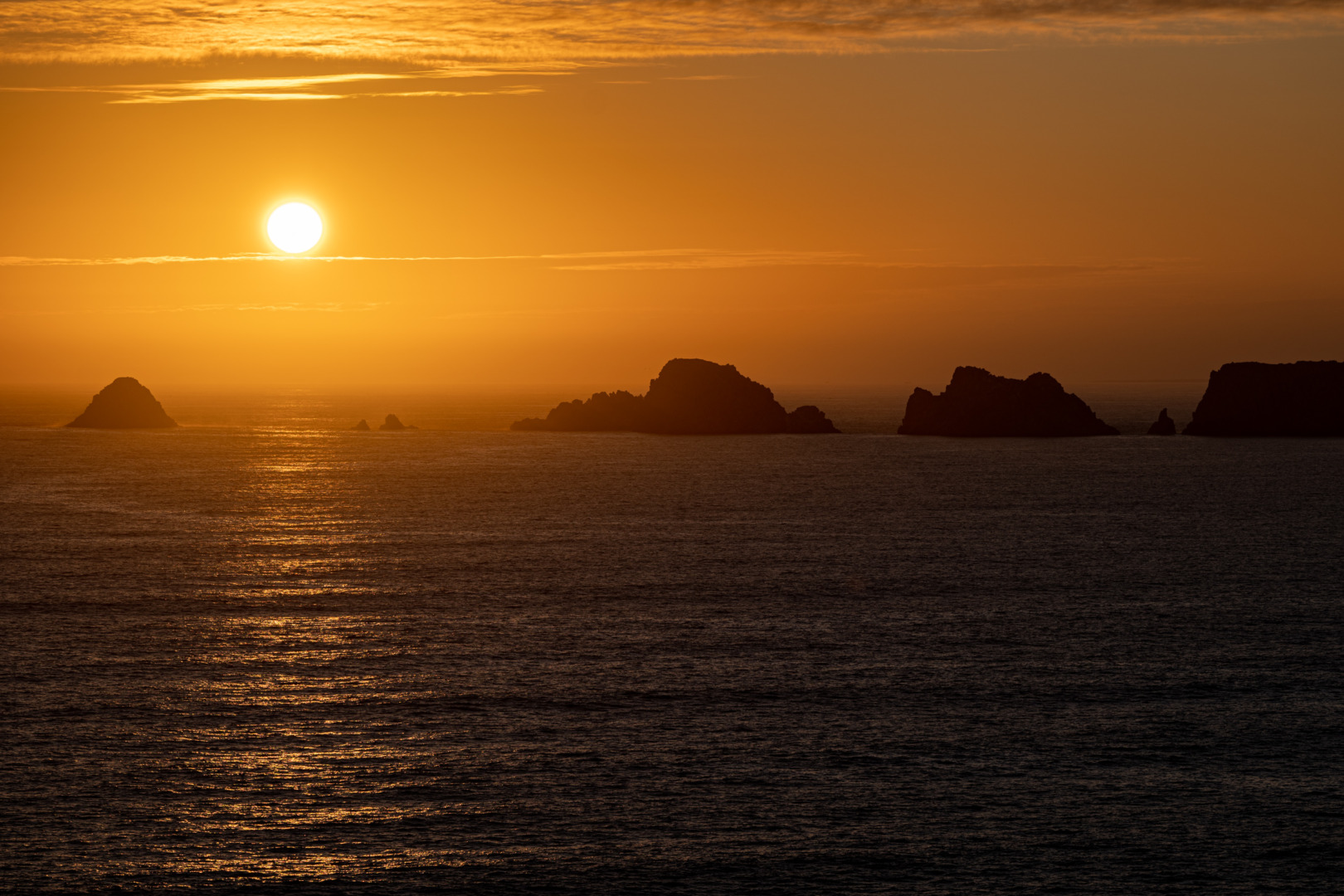
![All-metal, easy to use, nice focus and f-stop rings: Sigma’s 35/2 is part of the manufacturer’s “contemporary line” (as opposed to the high-end and heavier Art line). However, nothing feels low-cost in this lens. For all technical questions, I thoroughly recommend [www.reidreviews.com] (subscription needed). Sean Reid has tested this lens with his own, excellent methodology.](jpg/lmountentry-products-p8230226.jpg)
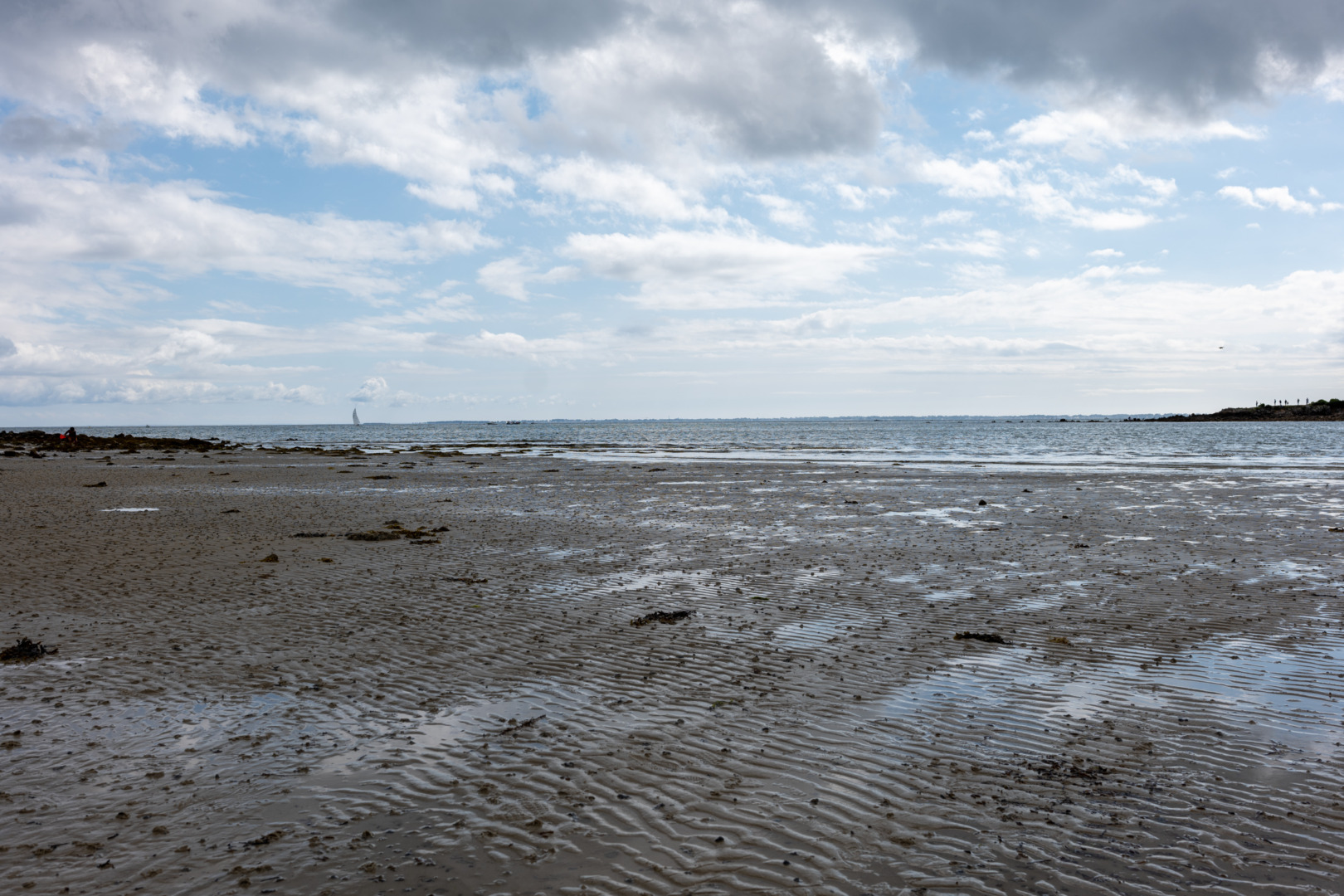
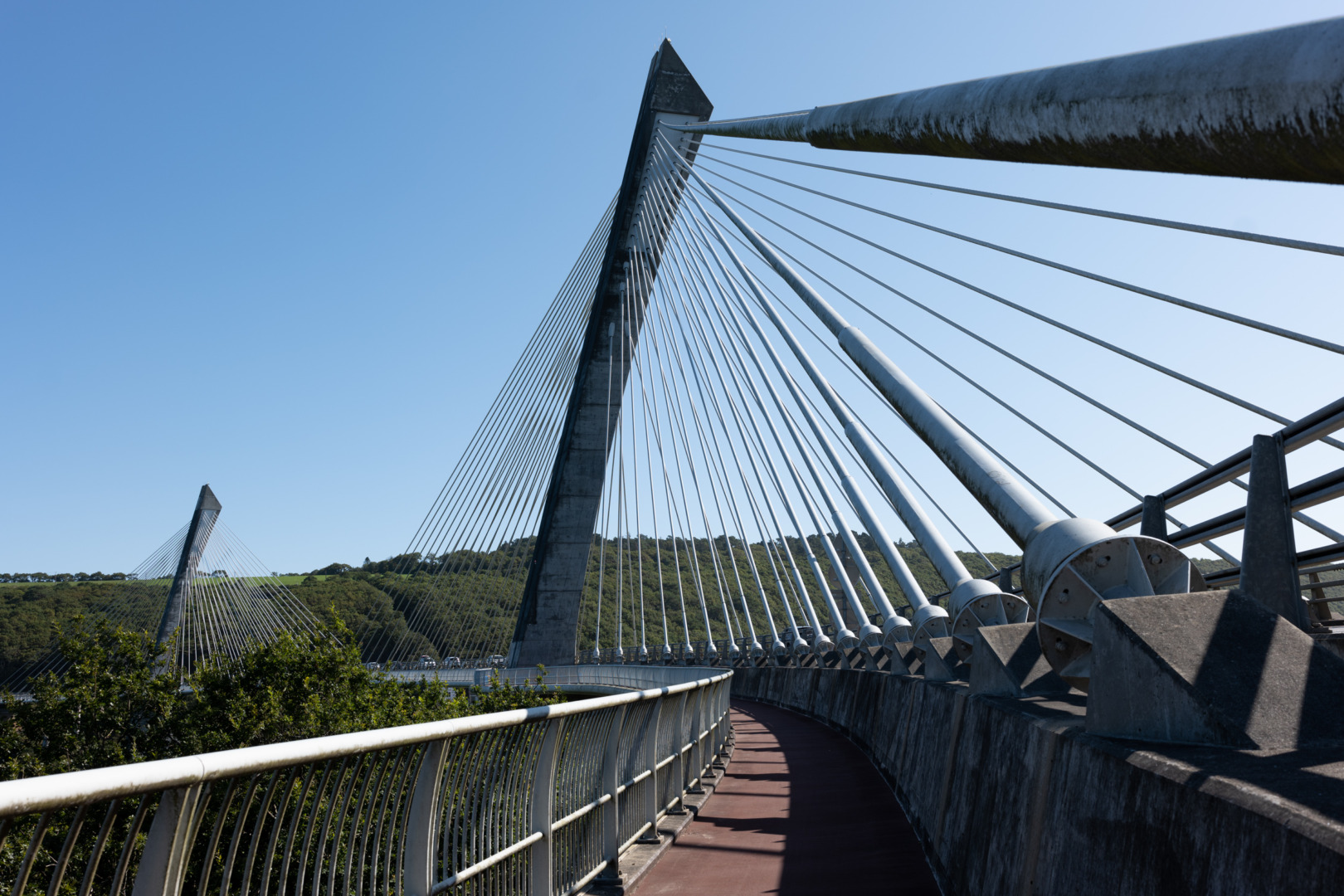
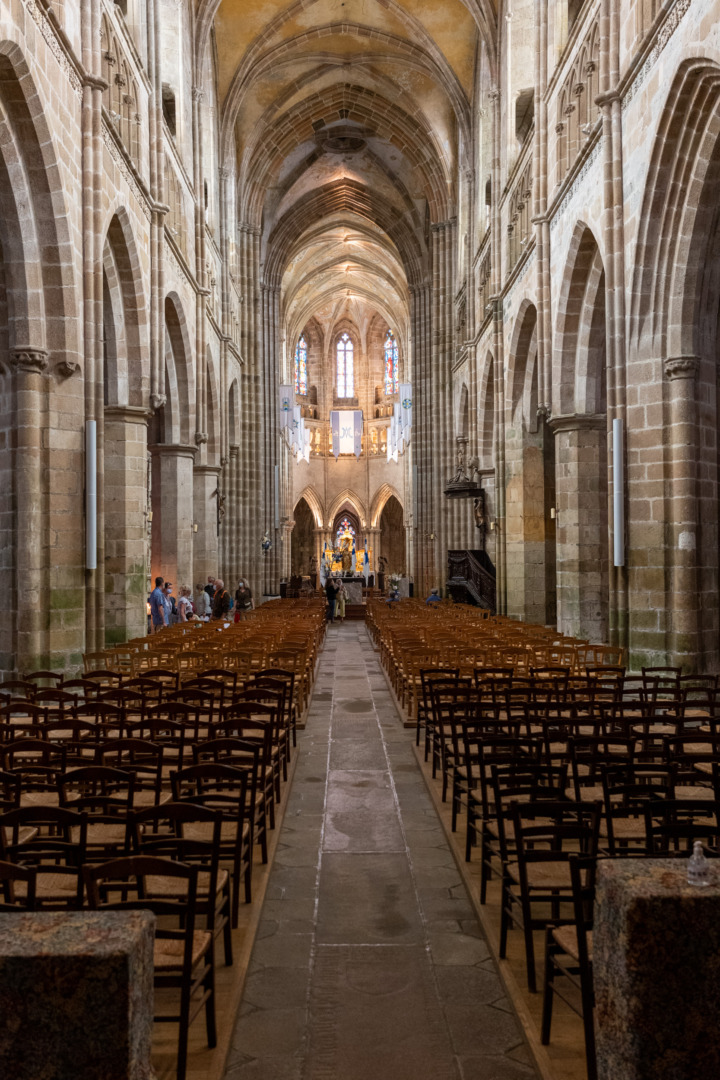


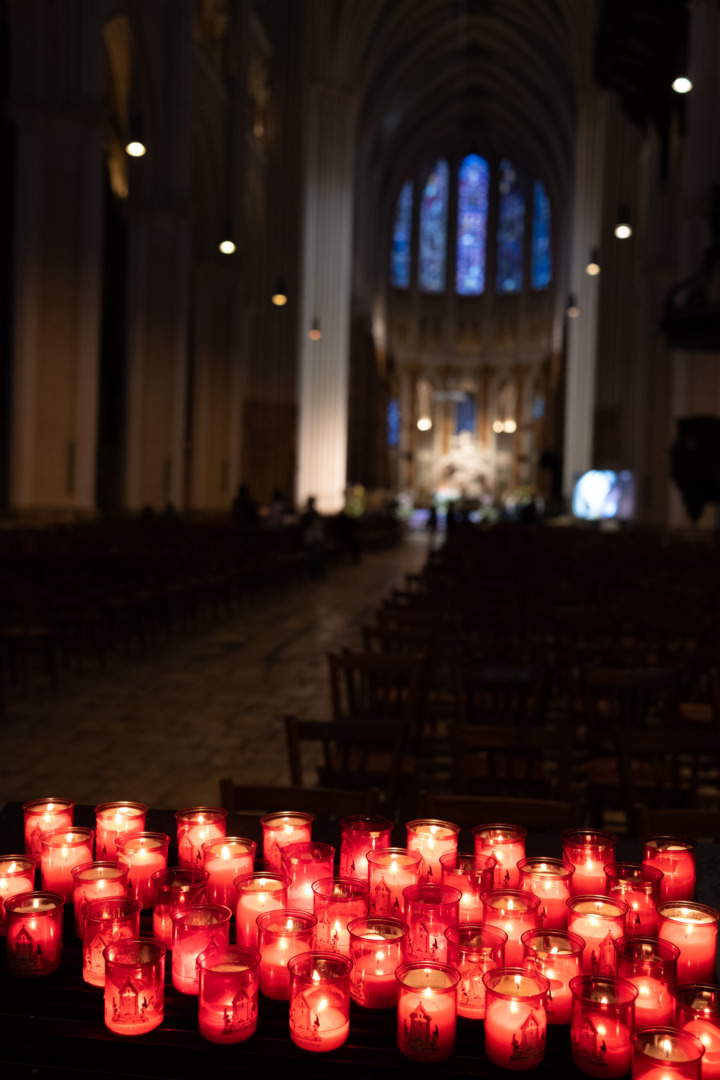

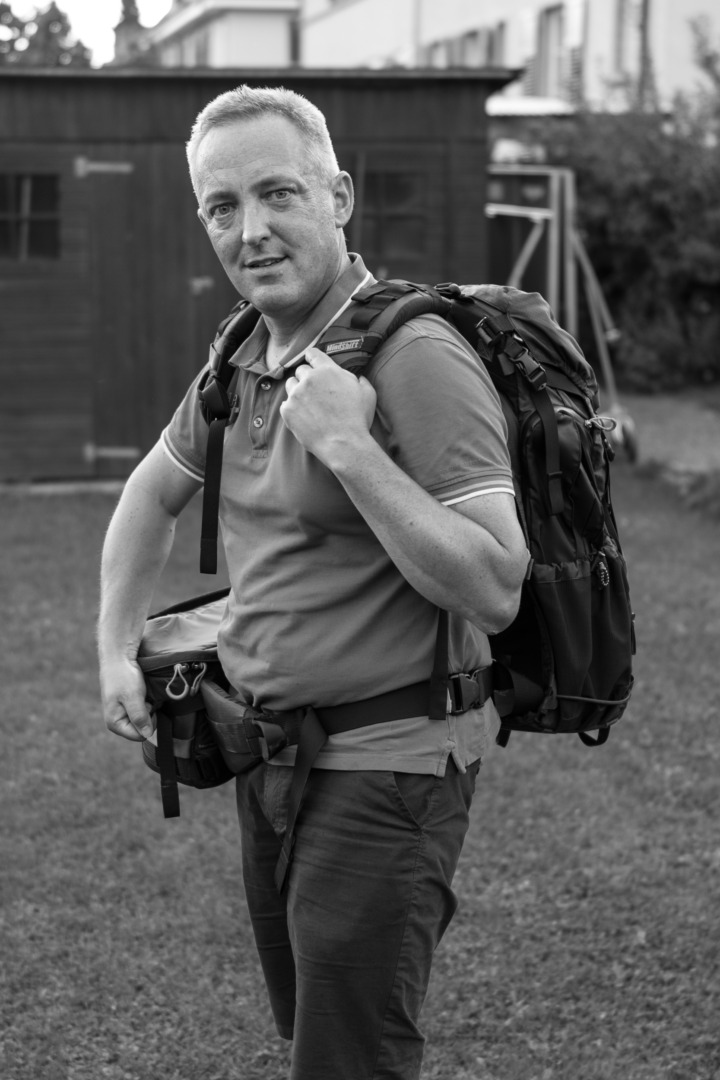

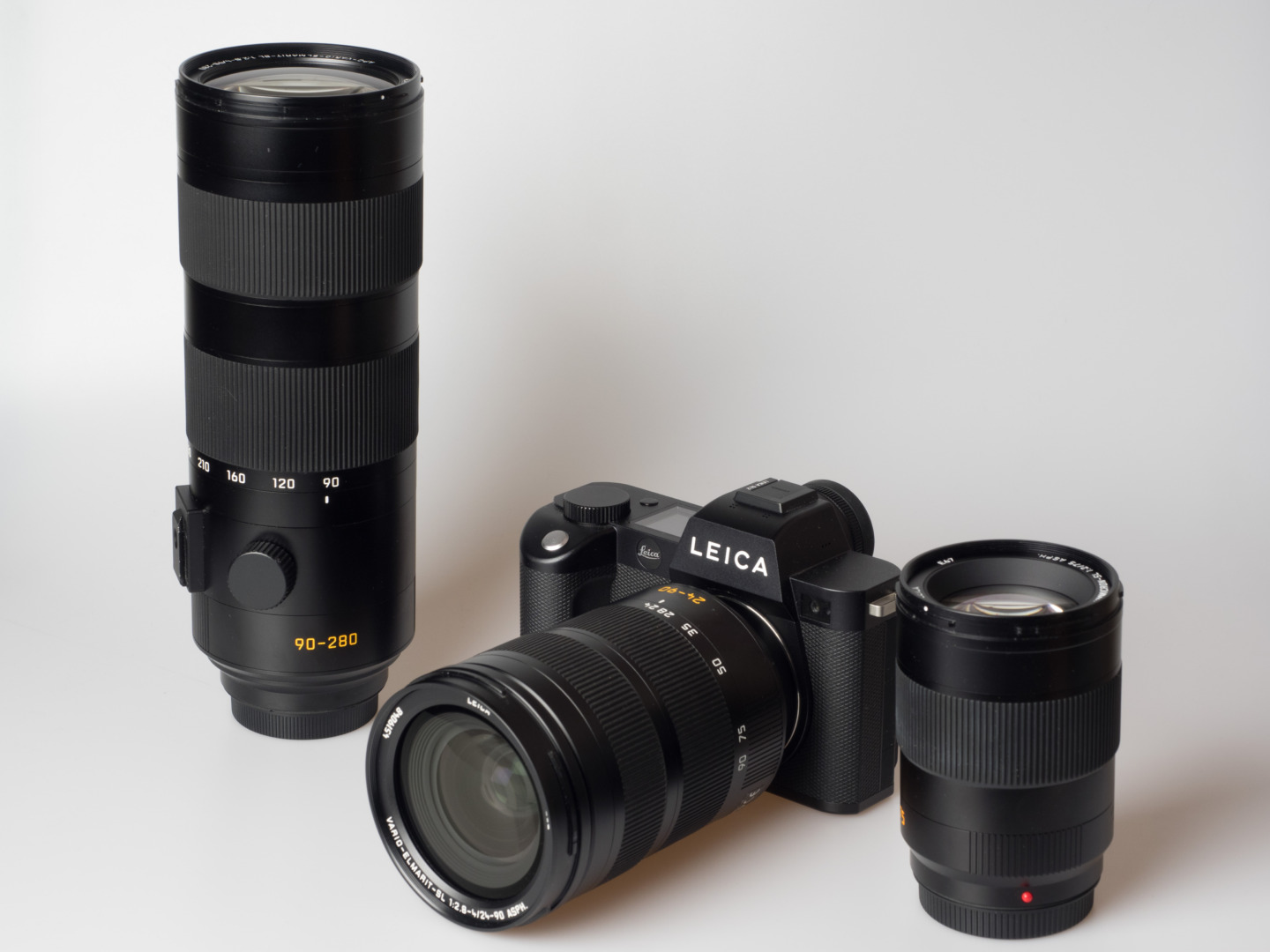




The reality is that these photos would have looked the same shot with a mobile phone. A full frame panasonic, let alone a leica, with several lenses is complete overkill. Sometimes it makes sense to figure out what the purposes and needs are and adjust to that, rather than to gear up for every possible scenario. Or we can just call it consumerism, that’s fine, it’s nice to buy and use these cameras and all. For me, i ditched my mft camera when phones became good enough. I would have kept it if i needed long teles for wildlife, automotive stuff or landscapes. I do have an s5, because it can shoot video in near complete darkness in a way phones can’t even approach. For the scenarios in this post i would have used a phone.
Thanks, Fredrik, for your reply, and it’s ceratinly wise to ask yourself wheter or not you need a ceratin amount of gear. But rest assured that the images I took would not have been possible in this quality (90×60 cm enlargements) and with these angles of view with lesser equipment. If you are satisfied with what you get from your smartphone that’s fine for you, and I would never argue about this. But please do consider that serious or professional photographers might have other motivations to buy and use their equipment apart from conusmerism. JP
S5 doesn’t have the same sensor as the sl2s, the s5 sensor is not BSI.
Alejandro, I saw your post only now.
Just to clarify: Although not communicated by Panasonic, the sensor of the S5 is BSI by all accounts; look at the results that are very consistent with other cameras that are confirmed to have a BSI sensor; look at the double native ISO feature; and please see here: https://www.dxomark.com/panasonic-lumix-dc-s5-sensor-review-smaller-than-the-lumix-dc-s1-but-similar/.
How similar the S5’s sensor is to the SL2-S’ sensor nobody knows for sure apart from some people at Leica. But you will agree that the small production scale of the SL2S make it very likely that they used an off-the-shelf sensor including IBIS periphery. The one that the L mount partner is using would be a very obvious choice…
JP
Excellent article. I own the original Leica SL. I quite honestly have no idea whether I will continue with the system or not. The whole APS-C debacle (TL discontinued and fate of the CL unknown) quite honestly gives me (as a full frame customer also) a pause. Also no new full frame lens announcements since 3 years… and of the 3 lenses that were announced at the time only 1 has been delivered… If the Leica SL lenses were selling they would be releasing 1-3 per year IMO… Time will tell I guess. In the meanwhile my SL keeps on going but if I had more confidence in the Leica SL and the L-mount in general I would definitely buy a newer body and add more lenses.
If you ignore more Leica SL glass options , L mount is moving along beautifully. I sold my SL before the arrival of the knights from Panasonic and Sigma. I now cheerfully have a SL2 and a blend of Leica, Panasonic and Sigma glass. I may get a Panasonic S5 for a CL alternative and it is full frame – what not to like!
When there was a dearth of lens options with the original SL system, I moved to two other systems at great expense but I missed the magic of some of the Leica glass and the Leica SL2 is an intuitive extension of my arm. If you are considering moving to a non-L mount system you are not gaining anything, in my experience and opinion, as you will be missing the available stunning Leica options. Many of the Panasonic and Sigma options are wonderful. I love that they have brought options to the party that I would never see from Leica. For example, the Sigma 105/2.8 macro lens is sensational. The Panasonic 24-105/4 lens is a wonderful event lens that does not stretch my arm like the magnificent, and best zoom ever, Leica 24-90. I am delighted to be in the L mount family and I have tiny options in m mount.
I used to be real irritated about Leica SL rollout as I was really wanting the 21mm and 28mm 3 years ago. At the age of 67, I have slowly learned that if I set my expectations low, I will not be disappointed. That does not mean giving up. It does mean being more realistic and realizing that the glass is overflowing with the Sigma and Panasonic options and m mount options. I now realize that Leica would have never, i do mean never, delivered the lens choice I needed; long range zooms, macro, compact, economical, and so on. I used to own two camera systems in the past to address my needs: Leica and brand X, Now, I can own L and M mount in one happy family.
So I am now a happy camper after doing many foolish changes (such as Hasselblad X1D – stunning but a system deader than SL glass – best images I have experienced).
As for the CL, I think there will be a new camera in 2022, but if there is not you can still use sigma glass for options. But I think APS-C has a limited future due to shrinking full frame options such a S5 and Sony and now Nikon.
Great points well made: I’m now considering the Sigma 105mm f2.8…
Brian, this isn’t the first time the Panasonic S5 has been mentioned as a replacement for an APS-C camera or, even, for one of the latest all-bells-and-whistles Panasonic MFT bodies. This full-frame S5 is actually smaller than its micro-four-thirds stable-mate, the LUMIX G9. And some of the lenses you mention (to which I would add the excellent and tiny 20-60 Panny) are hardly bigger than some of the higher-performing APS-C or MFT glass. I have both the S5 and the SL2 and they make a great combination. And when you consider the S5 has the same sensor as the Leica SL2-S, it does make a lot of sense as a second body. I’ve always liked Panasonic’s MFT cameras, especially the GX8 and the G9, and the S5 feels and handles just like the G9.
The same basic sensor but not the same thickness of sensor stack from what I read — which is a selling point of the SL2-S if you wish to use M mount rangefinder lenses (whether from Leica or others). If you don’t then it really doesn’t matter.
The Sigma lens range is so complex that it can be very confusing. One thing I’ve learned is that it’s wise to buy only lenses which have been designed more recently for mirrorless cameras. Many of the older Sigma lenses were designed for DSLR and tend to be bigger and heavier than the new “digital native” lenses. So always look for the DN in the title of the lens and you can’t go far wrong.
Another confusion is to decide the difference between the Art range and the Contemporary range. Most of the lenses we’ve discussed (including the 45 f/2.8 and the new 24-70 f/2.8 are in the Contemporary range while the bigger, heavier Art lenses are considered superior. Like you, however, I have been impressed by the Contemporary offerings (as I have been by Panasonic’s non-pro zooms which you mention. I suppose if you want the ultimate performance, heavier lenses such as Leica’s 24-90, the SL primes and Sigma’s Art lenses are the ones to go for. But the lighter ranges perform almost as well and you do get that big advantage of lighter weight and a heavier wallet.
Hi Mike, I have read great reviews on the Sigma f/2 f/2.8 and the Panasonic f/1.8 f/2.8 primes but did not mention them specifically as I have personally tried them but I think they provide more compact, lighter weight, and provide results well above their price points.
I agree with you on the Panasonic 20-60 based on competent reviews I have seen.
I am delighted with my Panasonic 16-35/4 lens and have not tried the Leica sl 16-35 but the Panasonic is so amazing I do not know what more the Leica would bring at eye watering price. With all those spare pixels on the SL2, I use my 16-35 as a 16-70 lens! I am slowly readjusting my lens lineup thoughts with cropping abilities. Coming from decades of film usage, I have been a slow learner to change my habits and realize that the high res digital cameras extend the shooting envelope of my glass. Also, in film days, we needed fast glass due to ISO 400 max for quality. Now I shoot at f/8 most of the time and only open up the lens to max aperture for background blur. Hence, my 16-35/4 is compact and perfect for me for a ultra wide angle to normal zoom. It is amazing for landscapes.
I find the Panasonic S Pro 50/1.4 to be stunning. At a lot more money the Leica 50/1.4 is even more stunning and more 3D so a person can pick their price point.
I also used to own the Sigma 45/3.5 and loved its rendering but the Panasonic 16-35 made it go for adoption. But I do miss its rendering but I can only carry so much weight and be a cheerful photographer.
We are so blessed by the L mount system so I am going to enjoy what I have which is so much more than the film days and I loved my hobby then
Brian, I fully agree. Yes, Leica are very slow with keeping their promises. I do not want to speculate about the reasons, it’s a matter of fact that Sigma and Panasonic are setting the pace by now. But – so what? The L mount system is alive, and waiting for your dreams to come true made only few people happy so far. We have every reason to be satisfied with what the industry is currently offering. I, too, come from the film era and would never have dreamed back then of the possibilities that photography would open up for us.
I often think of the devotion of Ansel Adams using glass plates with the unwieldy large format camera being carried by a donkey in the wilderness. The pioneers were tougher and less whining than many people today.
We have much to be grateful for.
Thanks for your refreshing article. It certainly has stirred up a lot of interest.
You’re very welcome, Keith.
I am delighted to read that you get along so well with your S5. I think you made a good decision because its sensor is two generations younger than the one in the CL. And besides full frame look and excelelnt high ISO peformance you have powerful IBIS and some good things more. It seems you are well equipped by – congratulations. With your kit you shold be able to shoot anything. Don’t get deterred by the occasional Leica snobbim, all L mount users who think rationally (and we are the vast majority) welcome the more affordable additions from Sigma and Panasonic.
Which does not exclude that there is something like a inner sanctum, as you call it. The SL2 could bring you there with its minimalist user interface, excellent viewfinder, 47 MP resolution and super-clean design. On the other hand, a used SL Typ 601 makes little sense for you, I think – supposing you do not have a number of Leica M lenses. Asides from being a design icon (my opinion) and sporting a unique handling concept (four buttons without any labelling), its advantages over the S5 are better M lens compatibility and better EVF. In almost all other disciplines, the S5 is more advanced in my opinion.
I hope that helps. JP
Dear Jörg-Peter, thank you so much for undertaking this critical assessment of the Lumix S5 and array of Panasonic and Sigma lenses, and for posting this terrific article. I made a tentative step into the SL-mount world earlier this year with the purchase of the Lumix S5-kit, featuring the very versatile 20-60mm lens you reviewed. I had been considering a Leica CL purchase, but following some very helpful advice from Mike Evans, I decided against that option, and instead selected the Lumix S5, and the wider range of lenses available in the SL-mount system. I compared the S1 and the S5 at an excellent local camera store and concluded that the S1 was too big for my tastes. My decision to purchase a Lumix body was in large measure because I felt it gave me the future option of purchasing Leica lenses, but in the near-term, the much more affordable Panasonic and Sigma lenses. I am very happy with my decision. I have added the outstanding Sigma 14-24mm f2.8 wide-angle zoom to my collection (oriented primarily to architectural subjects) the Sigma 100-400mm telephoto zoom, and the Lumix 85mm f1.8 for portraiture (which is fantastic). It has been a real pleasure using both the camera and these lenses. As a birthday gift to myself, prompted by the glowing review by Jonathan Slack, I recently purchased a pre-owned (in US-parlance) Leica Summicron APO 50mm f2 lens, which I am very much looking forward to trying out over the coming months. As a newcomer to the Leica/SL-alliance ecosystem, still finding my way in this rarified atmosphere, it was very encouraging to hear such a ringing endorsement from a seasoned photographer in the field, and very reassuring to hear that my decision to open the batting with a Lumix S5 was a solid choice. Based upon my current collection of SL-mount lenses, is there any reason for me to consider a used SL body, or dare I say it, and SL2 body, to fully enter the inner sanctum? Thanks again! Keith
If the wandering focus spot can be an obsessive lost war for some, it is an intuitive camera.
The CL is an exceptional camera. Made by Leica to confront Leica.
But if the APSC line of Leica doesn’t have a future, all the L mount story makes no much sense
I posted this yesterday in another thread as well but perhaps there is hope for L-mount APS-C: Perhaps this is even the new model, Leica releases a new body every 4-5 years and Sigma makes the lenses. https://www.l-rumors.com/sigma-will-soon-announce-the-new-18-50mm-f-2-8-dc-dn-contemporary-lens/
This is interesting, but no surprise. Sigma can make economies of scale in the APS-C market by offering not only L mount versions of their designs but also E mount lenses. Maybe Sony of all manufacturers will help APS-C survive for a couple of years. Isn’t it ironic?
Thanks. I finally got the 30 1.4 APSC Contemporary L mount Sigma lens just when released. As posted somewhere else, the duality is strange; perhaps making the L APSC lenses to be bulkier than really necessary if having a slightly smaller mount; except for the Elmarit 18. Even so the 30 1.4 is light weighted and well balanced; fast and only lazy in some situations. The lens is luminous, and price is really affordable.
Excellent review; the ‘L’ mount system offers something for everyone. It’s reasonably priced when Panasonic body based but can offer ‘mix and match’ if desirous of Leica lenses on a budget price AF body. … or ‘longer than Leica offers’ lenses on an SL series camera if Leica bokeh is on your radar. I opted for an ex demo S1R thus enabling my existing Leica TL 11-23mm lens to be used with the camera’s 20.68mp APS-C mode … and with fully auto IBIS. The sky’s the limit with the L mount system … it’s a 21st C epitome of versatility.
And my apologies to Jörg-Peter for getting his name wrong, above! 🤦🏼♂️
No worries, Chris, I appreciate your comment all the same. Thanks to everybody for sharing their thoghts so far. The Sig..Leica 24-70 seems to be very interesting. Another good addition to the L-mount. With the 24/2 and the 90/2.8 coming from Sigma, some tele primes would be a perfect next step. An affordable 200/2.8 with converter option for example, or a compact 135. The shorter focal lengths seem to be covered quite well now.
I agree that the wider focal lengths are well covered for now unless you are dreaming of a Leica SL 21 or 24 or wider. i would like panasonic or Sigma to come out with 135mm and 200mm lenses. I would really love a f/2.8 or f/3.5 200mm.
Steve Nimmo – spot on with regard to the Leica 24-70 (an absolutely great lens) and the Sigma 45 is a joy to use on the SL2-s. The new Sigma Contemporary primes are brilliant additions to the L-mount and Peter Jörg’s excellent article illustrates how versatile, affordable and accessible a high quality kit can be due to the L-mount alliance. The choices available from the 3 companies’ products just keep on getting better. What’s not to like?
A very interesting article Jörg-Peter, thanks.
I’d be interested in seeing comparison images between the lenses mentioned and the SL 24-90 and newer Leica 24-70 zoom. I wonder how much better the Leica lenses are. Your points about weight are well made.
I was in the mountains in Scotland last month and appreciated the size and weight of the X Vario. I suppose if I went to a heavier camera I’d have to reconsider the way I carried it, for example using a demountable clip on the rucksack’s shoulder strap.
You’re welcome, Kevin.
Mountains of Scotland sounds great. I spent an abroad year at Glasgow and really fell for Scotland. When I go hiking with a reasonably small camera and I do not use one of the Mindshift Gear backpacks, I have the camera in a small Think Tank Mirrorles Mover 10 bag which I carry diagonally over the backpack’s shoulder straps. This way, I have the camera and a second lens always at hand. If it’s getting hard and I need my hands, I can’t be bothered with a camera bag in front of my belly of course. In this case I just put the small bag into the rucksack as it is. I almost never carry the camera unprotected, and this proved to be right many times.
JP
Thanks JP I’ll check it out.
Here is just such a comparison: https://www.macfilos.com/2021/05/06/review-leica-vario-elmarit-sl-24-70-mm-f28-asph-for-l-mount/
Thanks Steve.
Perhaps FF/APSC duality of L mount is just a synonym of versatility. But in practical terms is maybe a strange economy of means. Thanks
T von O writes that with the SL2 he sometimes uses the 35mm TL Summarit to reproduce a 50mm focal length (as the camera adjusts to APS-C). It still gives around 24 megapixels on that sensor but is a much smaller lens for walking about. Versatility!
Thank you for a very absorbing article. In the full-frame L mount world I have an SL2-S onto which I find that I normally mount either the Sigma 45mm f/2.8 or the new Panasonic 50mm f/1.8. I have the Leica 24-70 which is, to my mind, a wonderful lens, but I have noticed that with the photographs I take 9 out of 10 are done with it set to 50mm anyway. For this reason I often shed the weight and just go with a native 50mm prime. The Sigma is close enough in this respect and looks good with the camera body.
I also use a mid ’70s 50mm R mount Summicron which remains a fine lens. Thinking of manual focussing, another thing I notice is that both the Sigma and the Panasonic play well with the SL2-S in this respect.
For telephoto shots I have the Sigma 100-400mm Contemporary lens which, again, works well with the SL2-S and didn’t break the bank. I could happily travel with just that and the 45mm.
Just a small question, Steve. Do you mean the new Leica 24-70 (nee Sigma) or the excellent Leica 24-90?
The new Leica 24-70. I wasn’t going to get it but the kit price was too good to pass up. I was really very impressed — I haven’t read a poor review of it yet (or of the Sigma original for that matter). I was not quite sure what I expected, given so much talk being of its parentage, but it’s a heck of a lens in my humble estimation.
I see. Yes, I have heard good reports of the Leica 24-70 although I feel it is identical optically to the Sigma version which costs a lot less. I have the 24-105 Sigma which is also a very good lens. Funnily enough, I just acquired the 24-90 SL at a good used price. I rather regretted selling it first time round, even though it is a hefty beast.
If I was looking specifically for this zoom range and already had the body I would almost certainly have gone Sigma. What swayed me was the kit price which closed the price differential just enough. The reworking makes it feel like a Leica though (even if muscle memory makes me turn the zoom ring the wrong way every time!).
Yes it’s a handsome lens in its Leica coat and the SL2S kit makes sense. A sensible choice. I’m nit too keen on 24-70 and prefer 90 or 105 at the long end but, as JP says in his excellent article, it’s a trade off on size, weight and maximum aperture. I really like Panasonic’s unusual 20-60 for general photography and, despite being relative slow, it’s a con Forys me lens to use abs performs well. We are truly blessed with the scope of the L-mount these days.
Hi Mike, I am a little surprised that you purchased a Leica SL 24-90. Are planning to keep the Panasonic 24-105 as well?
It was something of an impulse buy and there was a personal connection as well, which I will reveal if I get round to writing about the lens. Yes, I will keep the 24-105 and it will probably get more use. I want to use the 24-90 for comparison purposes.
A great article with photos and also very timely for me. Precious weekends can sometimes be wasted by thinking about yet more camera and system configurations with, in my case, often contrived justifications.
I inherited some old photography books from my late German grandfather, the most readable ones from Dr. Paul Wolff. In one, Wolff quotes from Schopenhauer: “Hindernisse überwinden ist der Vollgenuss des Daseins – der Kampf mit ihnen und der Sieg beglueckt.” This usually calms me down.
Looking forward to your next article.
Terrific article, that is a perfect coupling to go with a Q , 24 mp is a wonderful world to do what you need. Can’t wait to see what ur next outing brings.
Thanks, John. I will try to share some more thoughts this autumn. But as you know, being fully on the job (and it’s a demanding one), I have to find the time. And I don’t want to publish anything arbitrary – neither in the text nor in the pictures…. But let’s see what the next weeks might bring. The pipeline is not entirely dry.
Great summary, and timely for me. I have a SL2 and a fair amount of Leica glass (16-35, 24-90, 90-280, 35 / 50 /75 f2 L primes). I also have some M lenses and the Sigma 45, and I have to admit the 45 sticks on the SL2 a lot. Colors are more saturated- to me and Capture One- than the Leica lenses, but that easily fixed (or not). I think balance is not as good, but maybe because I’m used to the primes? Travel is tough- the three primes in a bag easily outweigh the single 24-90. However, the primes are ‘easier’ once on the camera wandering around, though not as flexible.
That leads to my first niggle. The 24-90 would be more walk around friendly if it had a barrel lock to keep it from extending; to me, it’s a real nuisance. I’ve been eyeing the Sigma 24-70 and the Leica clone. Sigma has a lock! BUT- for the extra money, does the Leica version have more ‘blest’ optics, as in tighter tolerances on the lens elements and alignments?
I envisioned the SL2, Sigma/Leica 24-70 and Sigma 45 as a possible kit, but the long end is not covered. Maybe I’m better off with the Panasonic?
Full disclosure- I also have a Q2, but truth be told I’m not a 28 mm person. I had hoped I could adapt, but I seem to spend my time at 16 to 20 mm, and 50 ~ 75.
I was also thinking of the Fuji xt4. Maybe I should sell the Q2 and go Fuji? Or a S5?
But I do love the 35 and 75 primes, even though 35 is not in my sweet spot. The 50 is a conundrum. MOST of the time it’s great. Sometimes it actually seems TOO sharp on center. I’ve had images of geese where the white on them is almost electric. It’s strange. I also have the L 50/1.4 which to me is just beautiful, but it’s a real beast to carry around.
I’m reminded of my mother telling me at dinner time when I complained that there are people starving in the world- probably a stock motherly statement. Even though I traded lots of things (cars!) for this Leica stuff I still can’t help feeling she’s somewhere looking down at me and glaring because I’m whining about my toys. Therapy session done.
Has Sony, Canon, Nikon, and Fuji eaten Leica’s lunch? I hope not. I suspect there will always be a place for Leica as they are positioned somewhat as aspirational, and that may make up for lack of volume.
I wish I could go back to my M system (sold), but eyesight and aging fingers put a nail in that one.
I guess I have to try a S5 somewhere. Sigh. She’s glaring at me again.
Hi Bob, I would go for the S5 and the amazing panasonic 24-105/4. I used to own the 24-90 but it was too heavy for a zoom for my purposes. The 24-105 is a wonderful zoom and relatively light. The Leica is technically better but I love the results from this lens.
I will be in the market for a superb condition Leica sl 50/1.4 after October 7th if you want to put it up for adoption.
Hi Bob, I think your collection leaves nothing to be desired and there seems no need to add anything, but what is “need” 🙂
I wanted to write about an affordable way into full frame L-Mount. It is out of quesiton that there is a higher end, but not everyone needs it or can access it. In this context, think the 24-90 Leica is an absolutely superb lens, and both weight an size are justified.
As I have my camera usually in some kind of a bag and almot never carry it around my neck (I even have no strap attached), I never missed the barrel lock – but I am sure it is useful for many photographers in many situations. By the way: The Pana 24-105 has such a lock, too! I once tested it and was surprised of the amount of detail it showed on the 24MP sensor of the S1.
And, Bob, concerning the Fuji – I would not enter into yet another system. Better wait if there is coming up something interersting in L-Mount and with APS-C sensor (there is always hope). J-P
Hi Brian!
Thanks to you and Jorg-Peter for the 24-105 tip. It will be my homework assignment! I just need to find some camera store in traveling distance that might have one. My area is sparsely served.
I am pondering turning loose the 50/1.4. It is pristine. But I’m searching my soul and staring at my navel, trying not to drool into it and cloud my judgement. Stay tuned!
And on a CL with IBIS- count me in!
I absolutely love the panasonic 24-105. It also has a very nice bokeh. As with any zoom with their associated complex optics, they are more prone to copy variation. The first one I had was totally unacceptable and was exchanged for another one that was great. I used it without hood and it was very pleasant to carry for extended outing or at events. If you buy one, make sure you evaluate it within the exchange period. I got a m 50/1.4 that was not even close to acceptable so no manufacturer is free of this issue. Jono Slack’s review of the 24-105 convinced me to give it a shot and I smiled when I saw the results and now carry it with primes as it has an acceptable weight.
Thanks for this very comprehensive review – and great photos. Certainly the S5 is lighter than the SL2/S and with the Sigma prime makes a nice full frame package. But for zoom lightness and travel I tend to favor the CL and two zooms – 18-55 and 55-135. If I need higher resolution I will use the Q2 – and to be honest at 718 grams lens included I often only take this. It’s the belated arrival of the Q2 that has caused the dilemma of whether to trade in my SL2-S with its Panasonic 20-60 – a beautiful combination with all the delights as you note at the end of your article- viewfinder, handling and build – but so heavy!
Tony, I would keep the SL-2-S. It is so much more versatile than ta fixed focal length camera. Probably one of the smallish fast primes from Panasonic or Sigma might be a good partner?
Good article, with well chosen images to support the points made. In my long experience any camera body over about 600g has proved heavy in practice (including M series), when traveling. So 730g with battery still puts the Panasonic in the heavy category to me and that’s before you add lenses. lighter than the SL series yes but that doesn’t make it light. That’s comparing a heavy object with a heavier one and saying..look how light it is!
For travel I wouldn’t try to cover every focal length. I’d go with an SL2s and just two Sigma I series lenses maybe a 24 and a 45. I’ve often carried a tele lens and hardly used it. For weight saving you may as well use a CL and have an even lighter system.Do agree that your S5 system covers all the bases but it’s still heavy if it’s all in the same bag. Can’t argue with the less expensive part.
Dear Stefan, I agree that there are many people for whom every gram counts, and that there are situations when you have to save weight. My experience is however that ergonomics matter more than grams. And in ths respect, the S5 is really good with its grip. A CL is certainly a good alternative (see Le Chef above, he will bring home wonderful images from his trip for sure), but it lacks the IBIS which is a pity for longer focal lengths especially. This is all the more a pity as the CL’s high ISO capability is limited. When weight really matters, I would chose a Q or – attention: heresy!!! – just use a good smartphone that we all carry with us anyway.
Wonderful images, and thought provoking article. Thank you for starting my weekend off on a positive foot.
Thank you for a feast of images! And your introduction to an affordable level of L-mount gear is very fascinating as well as realistic. I look forward to what you bring back from the Alps.
Great pictures and a clear rationale for your choices. I have invested in a 2/3rds size APSC setup with a CL as the start point and an TL 11-23 + Sigma 30mm + TL 55-135. This kit will be with me on a clockwise trip around Lake Michigan starting this weekend.
If the S5 had been around 3 years ago it might have been a different story. Now us CL and TL owners have to wait to see if this line of cameras has ended or will be refreshed…
Yes, the S5 comes (too?) late. Dealers say L mount would have had a such much better start had only Pana brought the S5 before the S1. The latter was a statement for sure, but the target group for this camera is very small. I think Pana were reluctant because they dd not want to cannibalize their M43 offerings. And, honestly, with a S5 being even smaller than the GH5. I am wondering what will happen to the APCS-C leg of the L Mount system. This will remain very good gear, and a body with an up-to-date sensor, good high ISO performance, and IBIS might be a very interesting option especially for narrow angles of view. And one more point: A small CL setup is an excellent way into L-Mount, too! And it will serve your needs when travelling around as long as you have fun with this beautiful and small kit!
A brilliant review with great images. I absolutely love the picture and was delighted to find the person after initial observation of the scene. The person also provides interesting scale.
The 20-60 is a wonderful lens based on all the competent reviews I have read. I would buy one but it would be heavily redundant to the Panasonic S Pro 16-35/4 that is also an amazing lens. You are so correct in saying that the RESULTS are what matter. Too many people put emphasis on mtf graphs and so on rather than how the lens renders. The key for me is does the equipment motivate me to take pictures and that comes through in your article. The S5 is an amazing camera and you use it well.
Panasonic and Sigma have added tremendous value and options to the Leica system. One can pick and choose their kit and go out and have fun.
Thank you. Brian. Of course, technical perfection is something absolutely intriguing – and I lve my M gear because it fulfils such a promise. But I decided to advocate a realistic approach here. And, finally, for most of us photopgraphy is all about having fun. And from my years in photojournalism I can only say that the fun part should always be present for a pro. And one source of fun, was and is for me the feeling that I can use good tool. As to Panasonic and Sigma: Yes, it’s great what they are doing. The ne Pana primes are supposed to be very good, too. JP